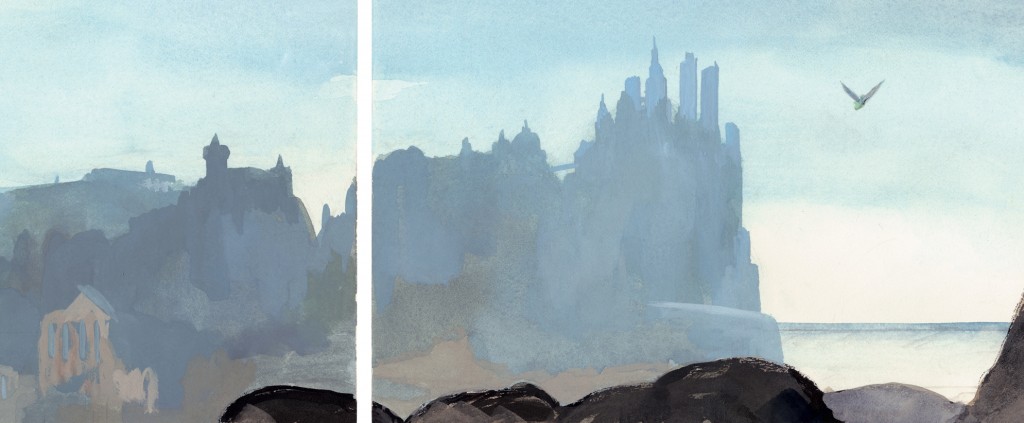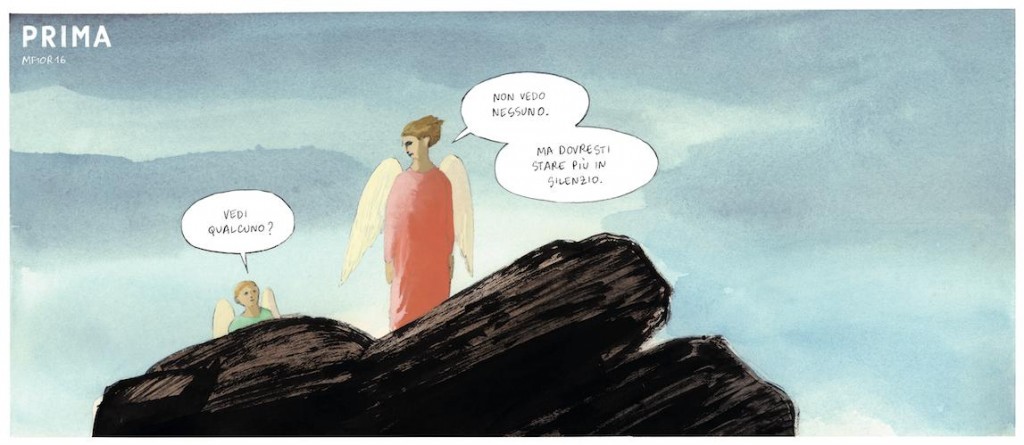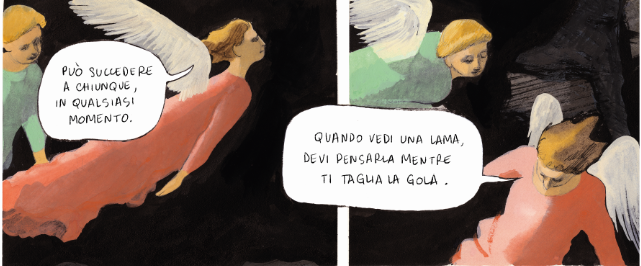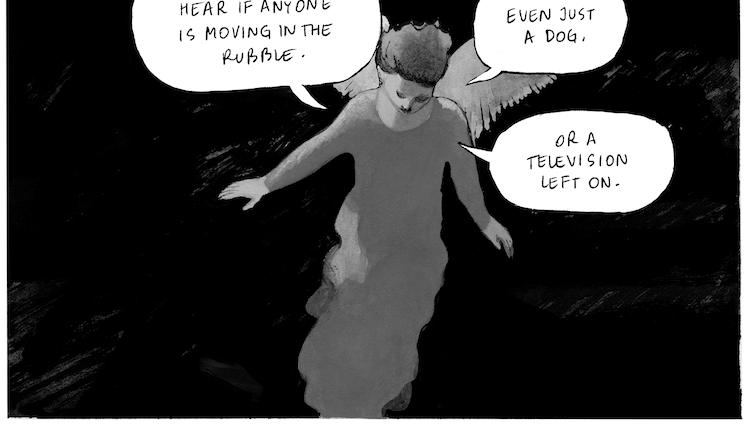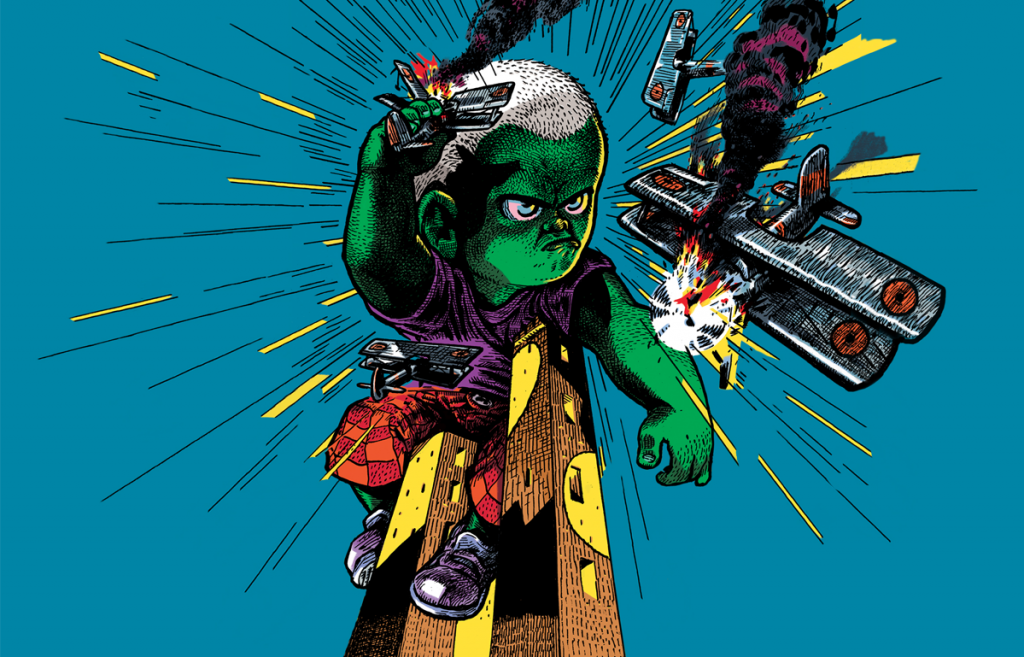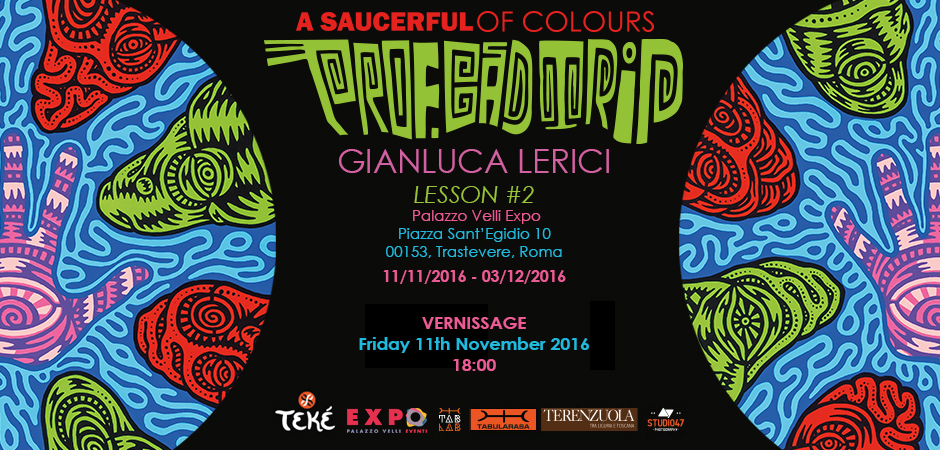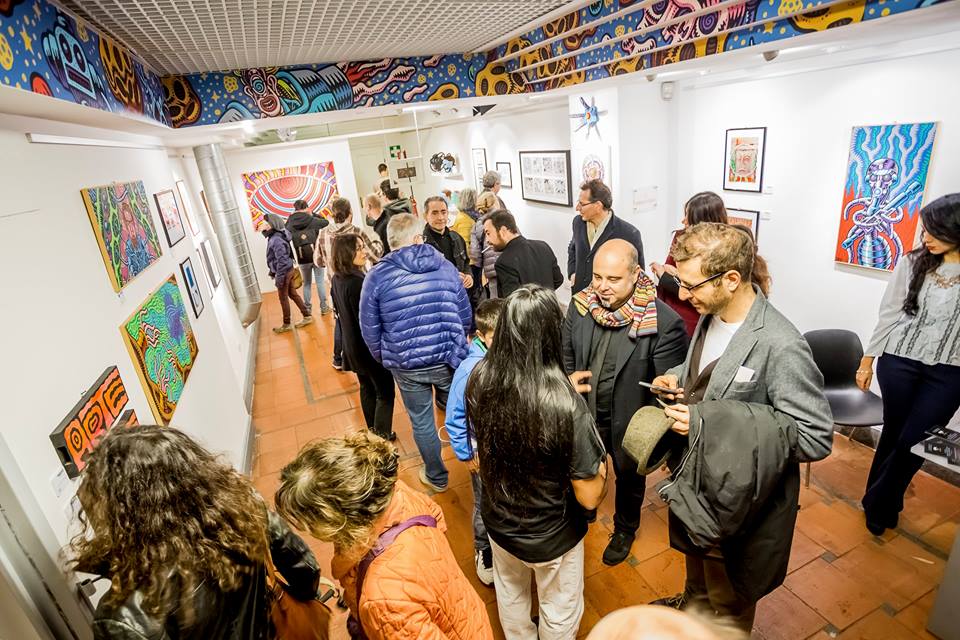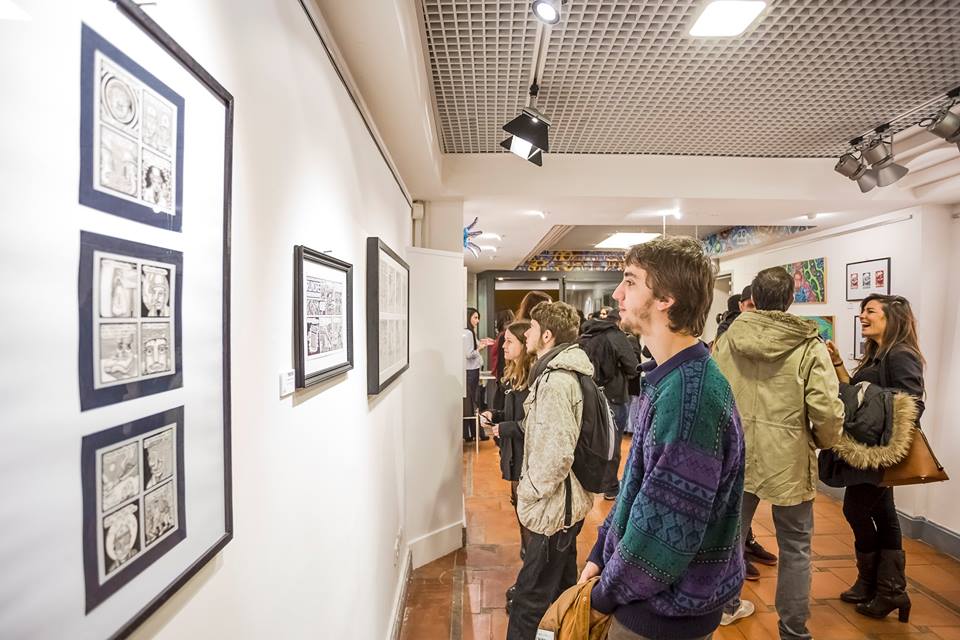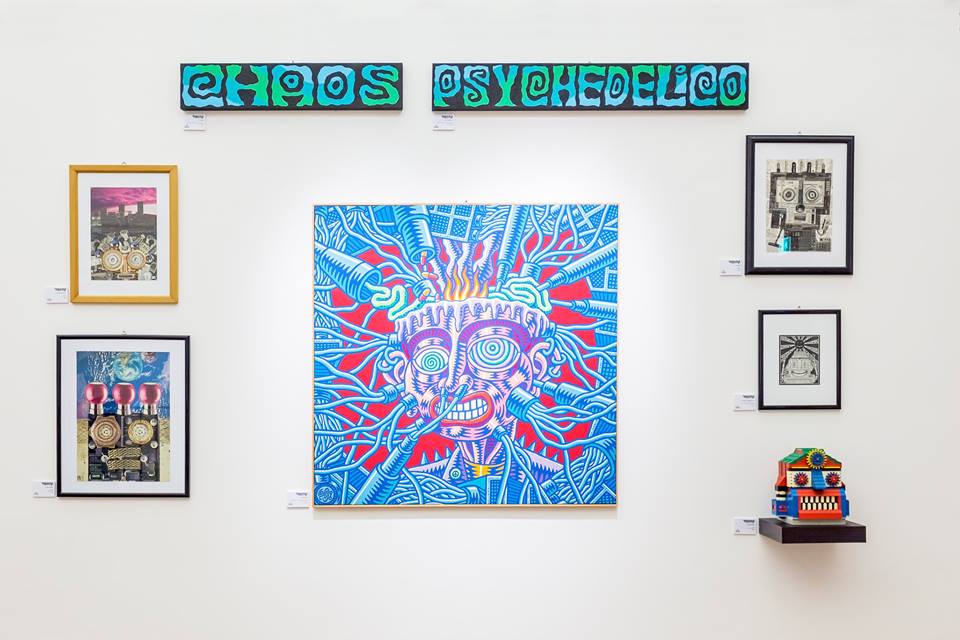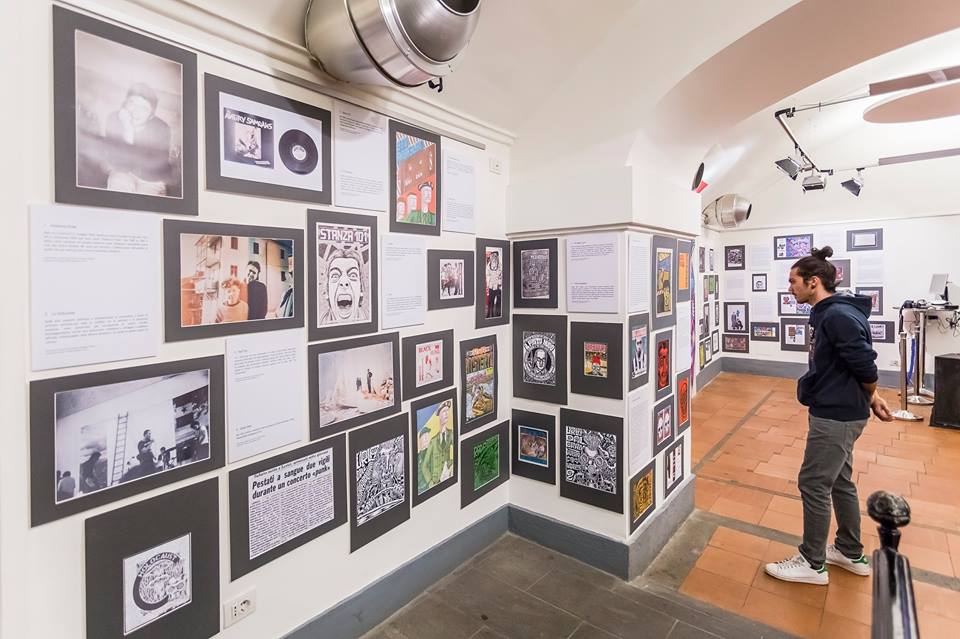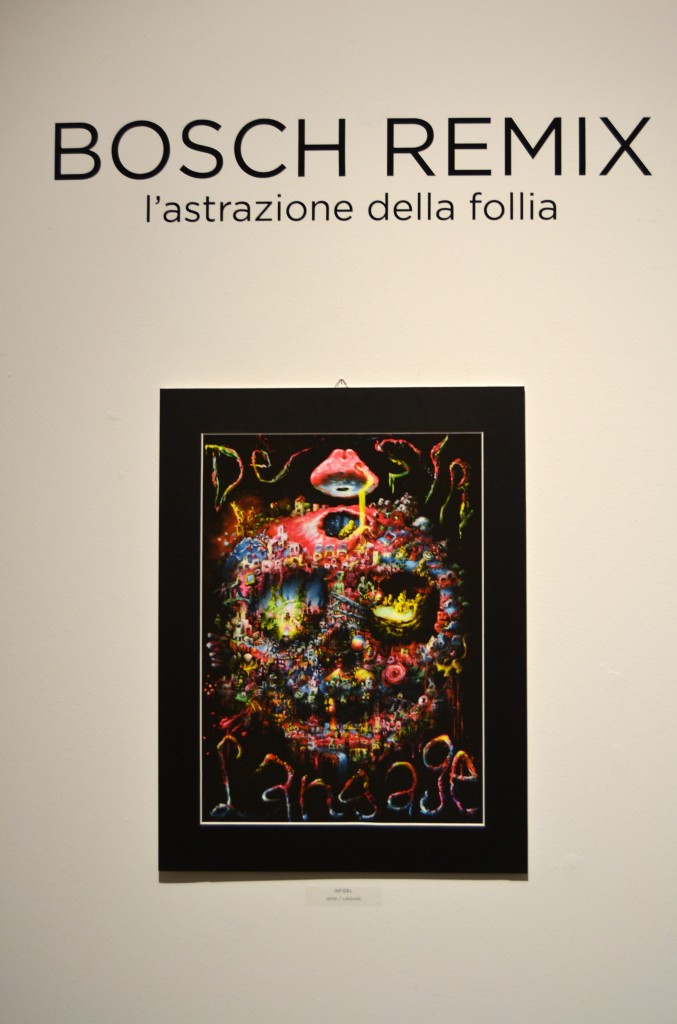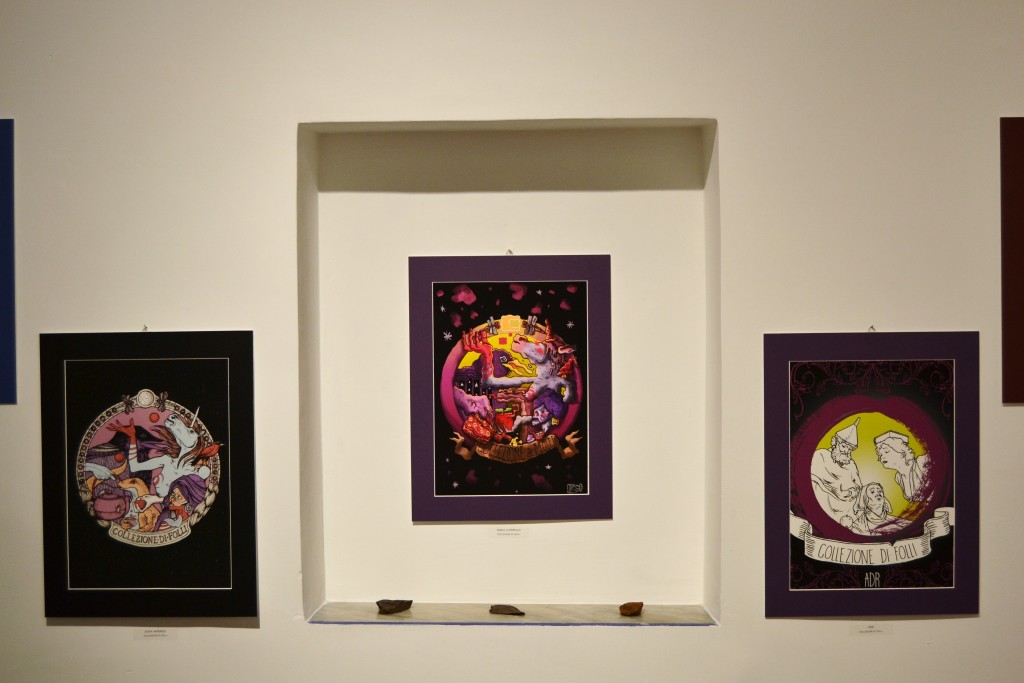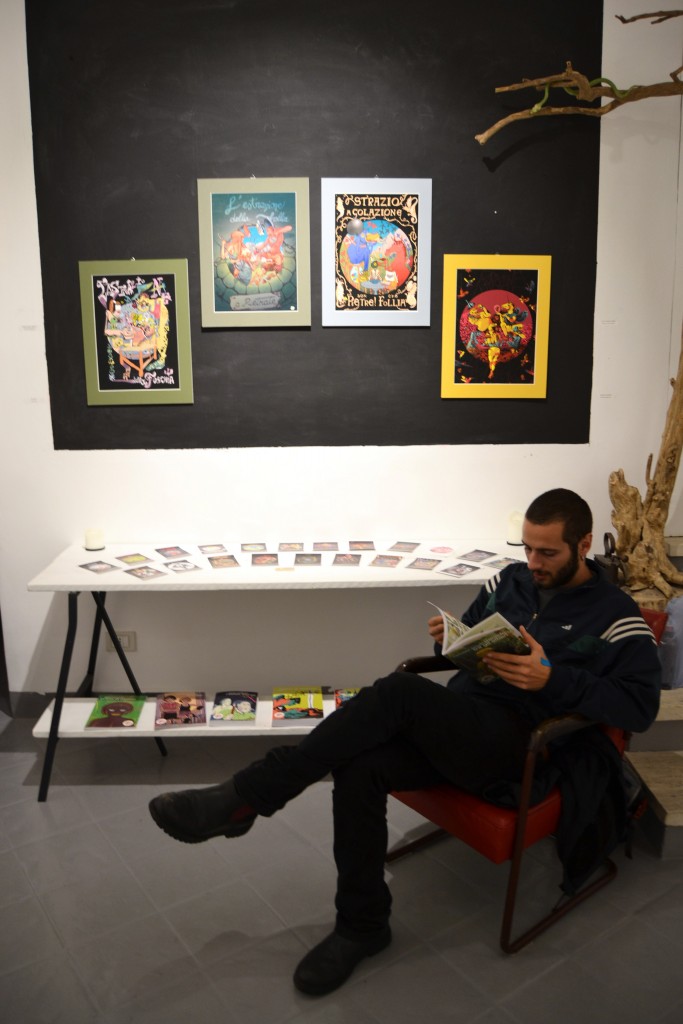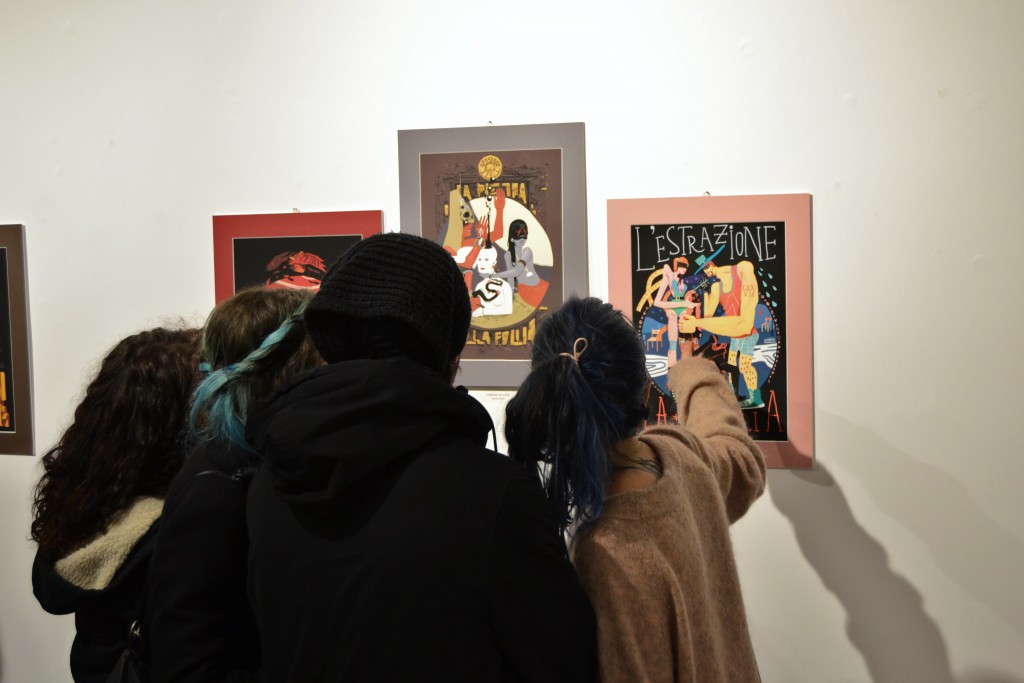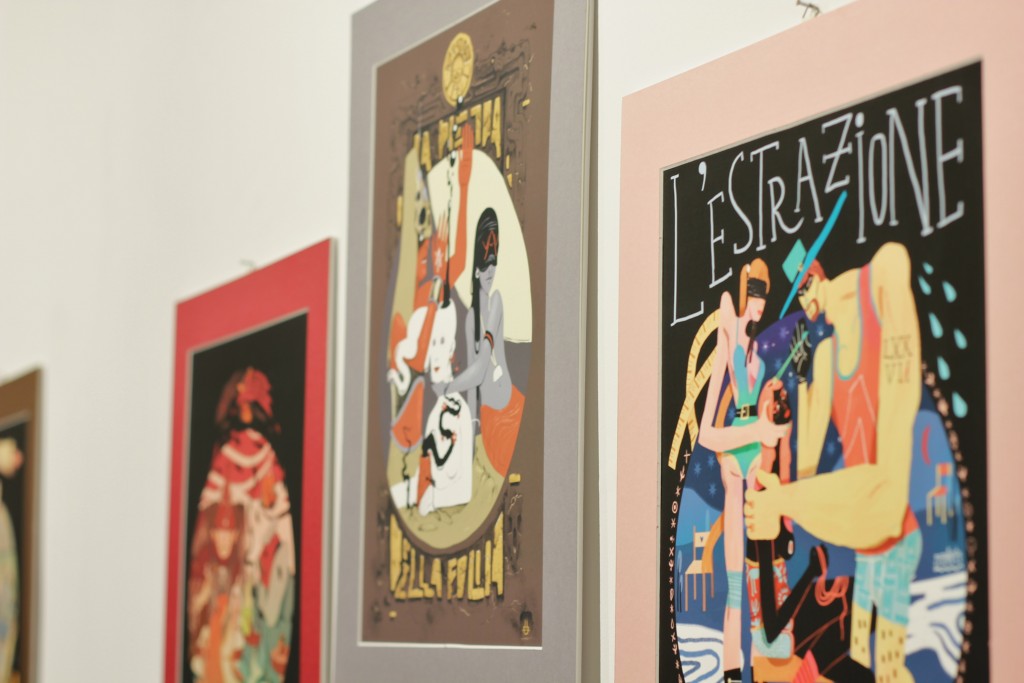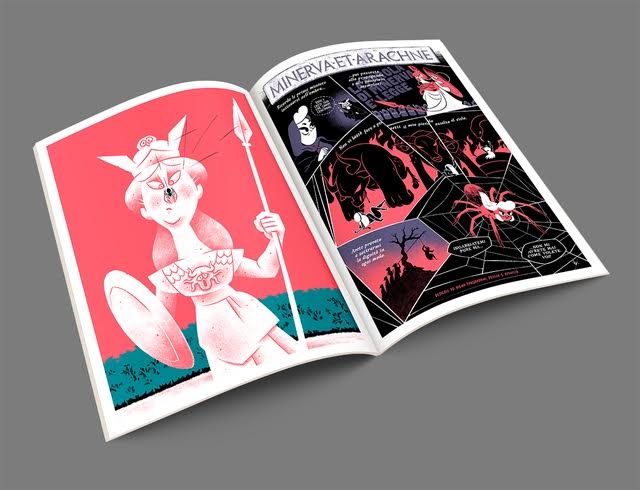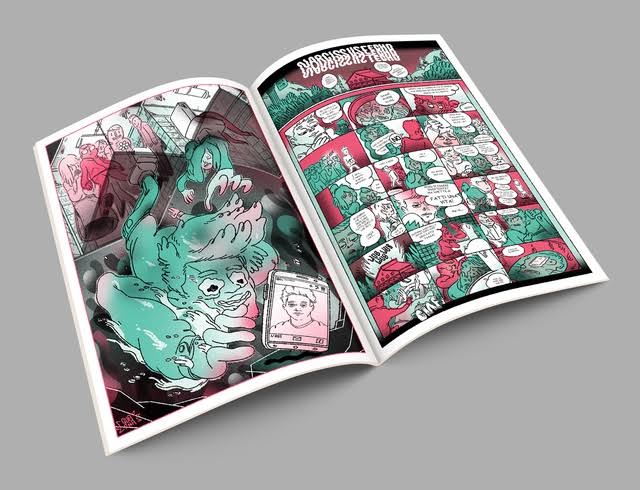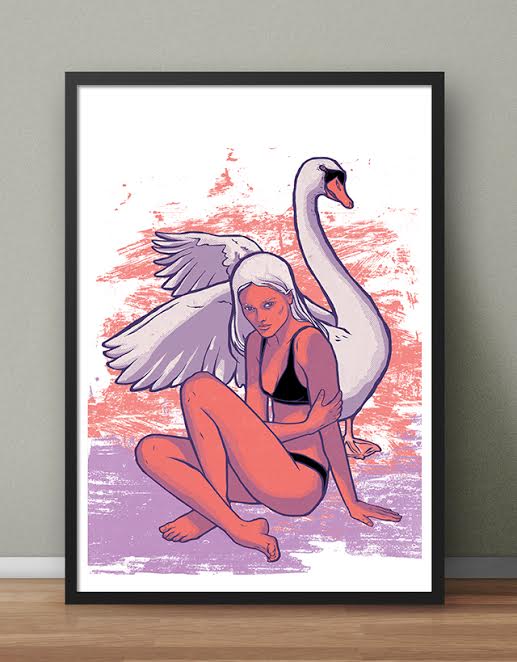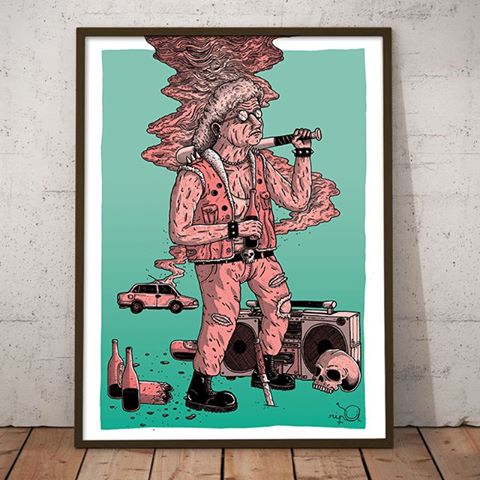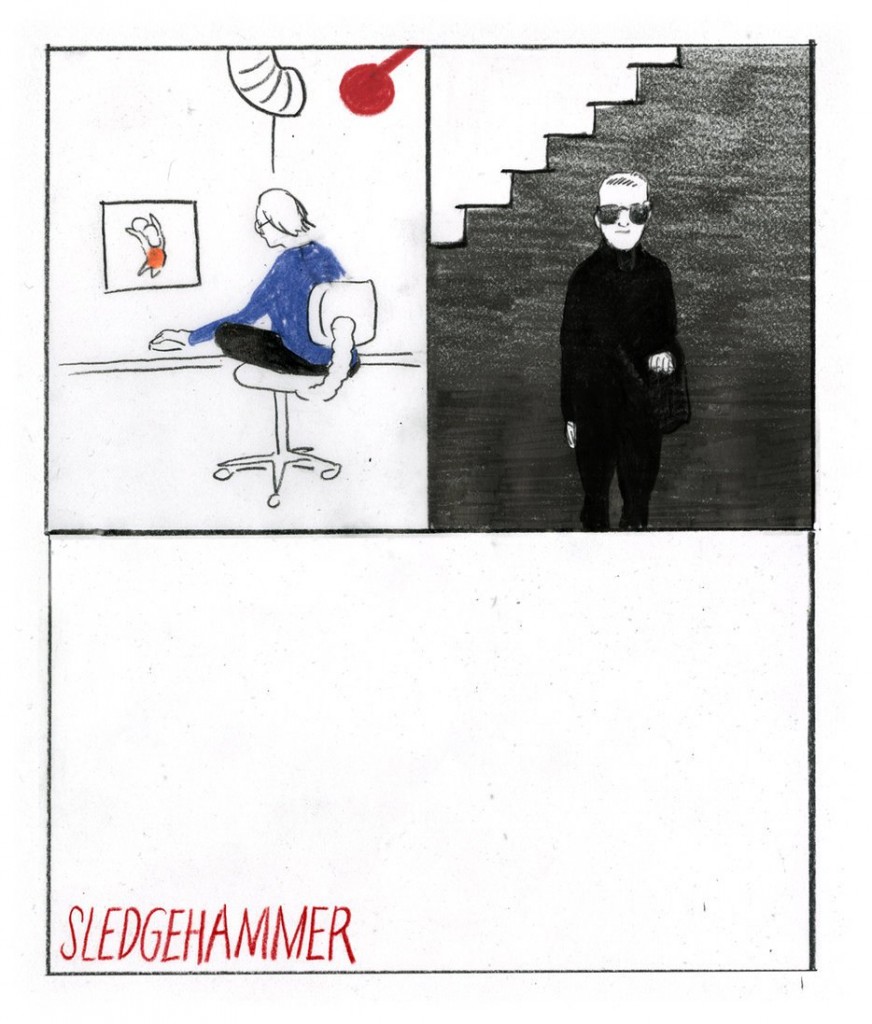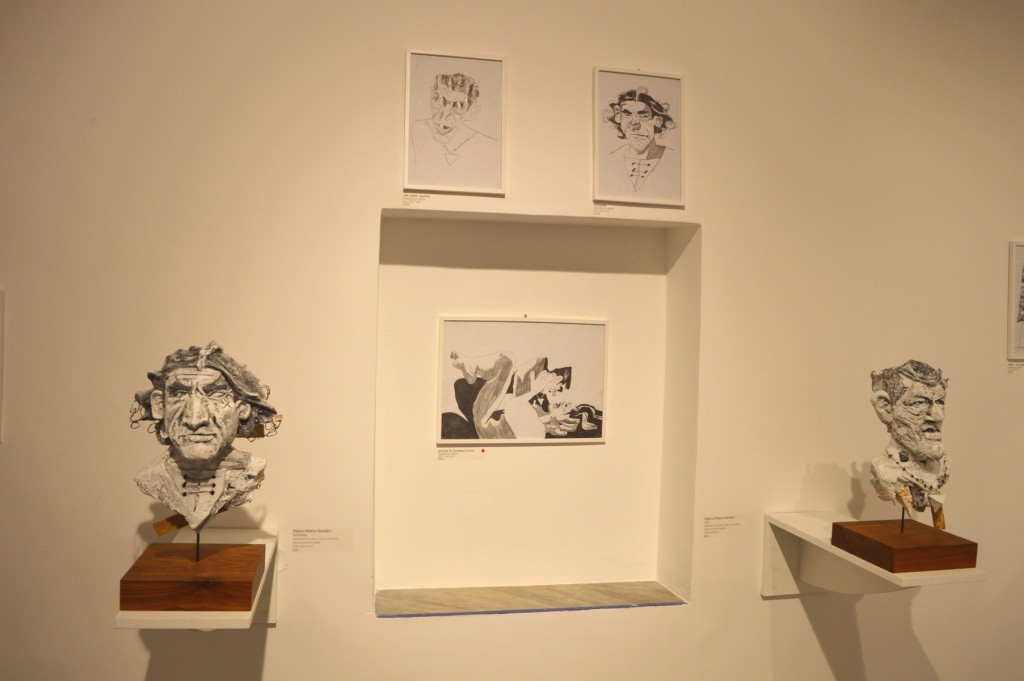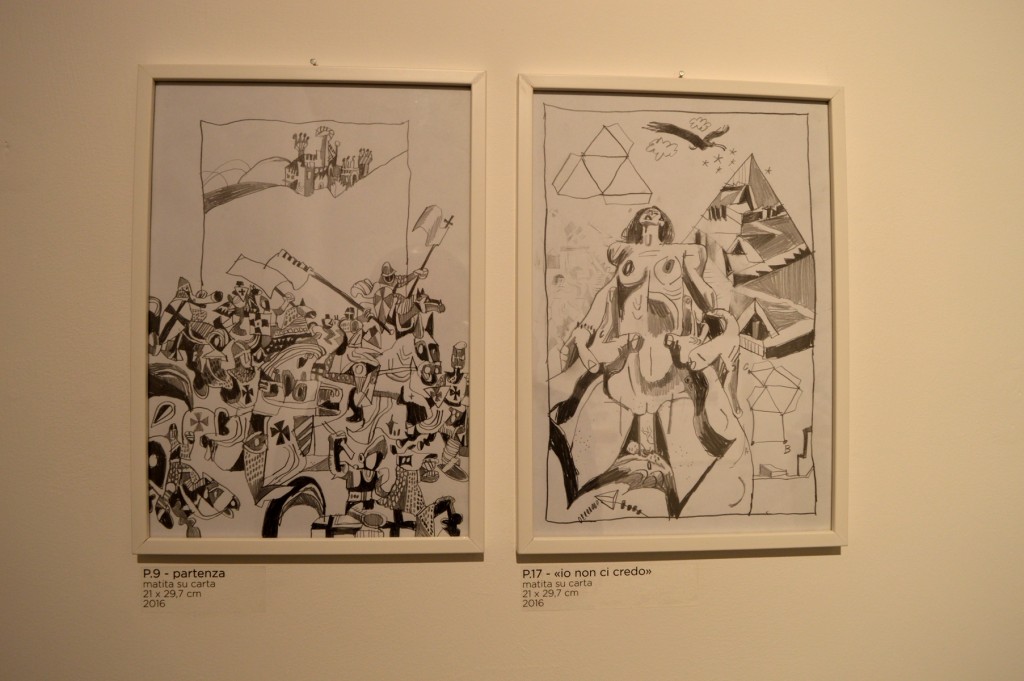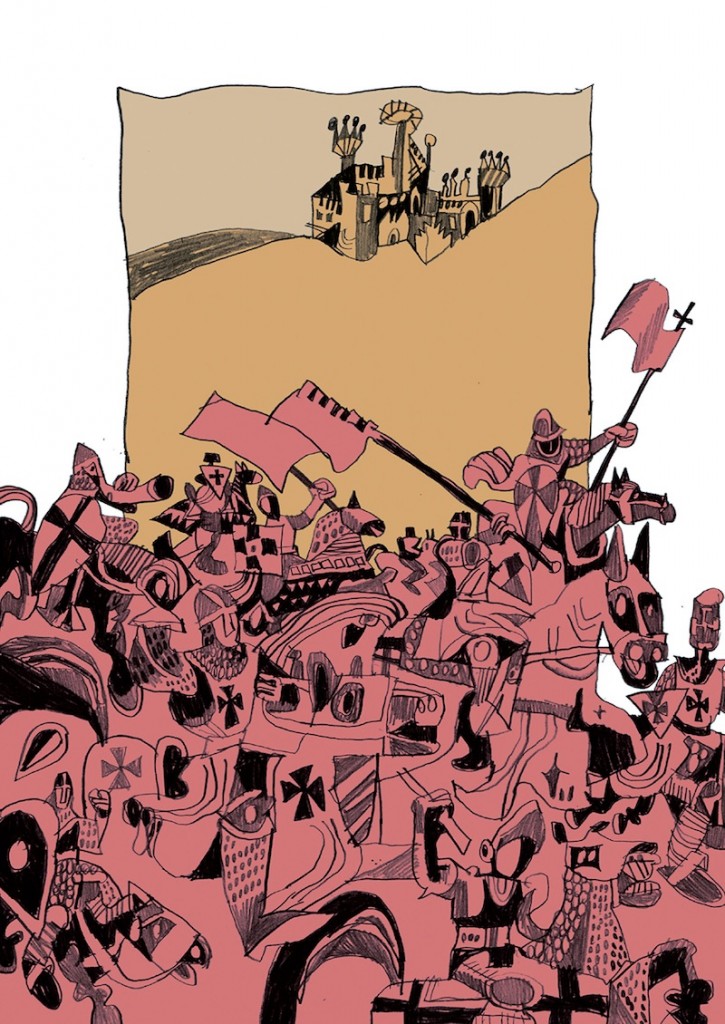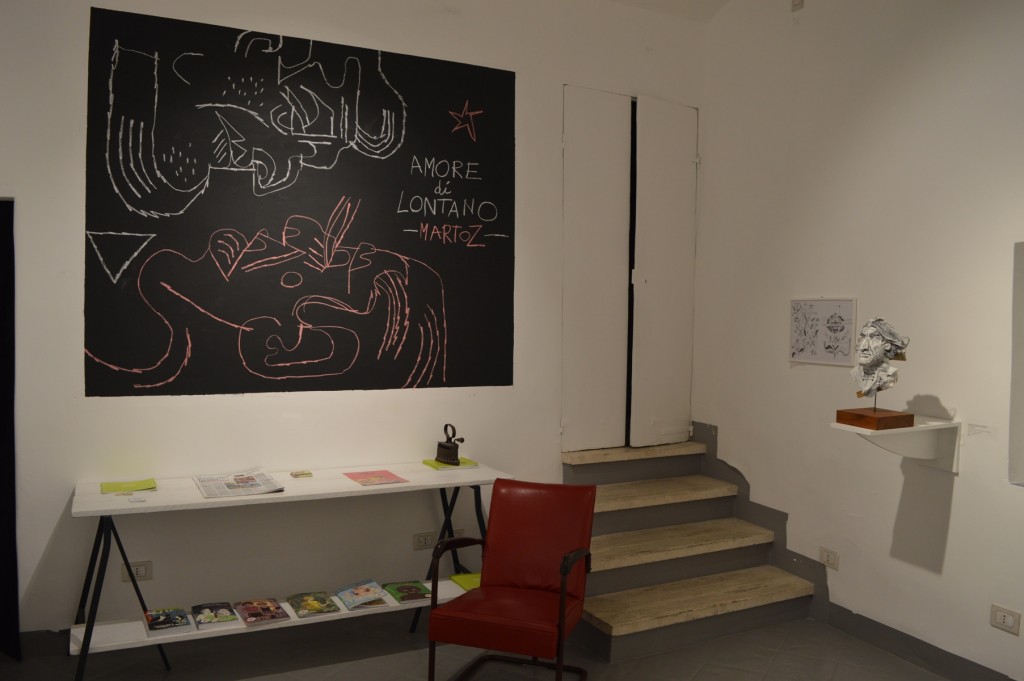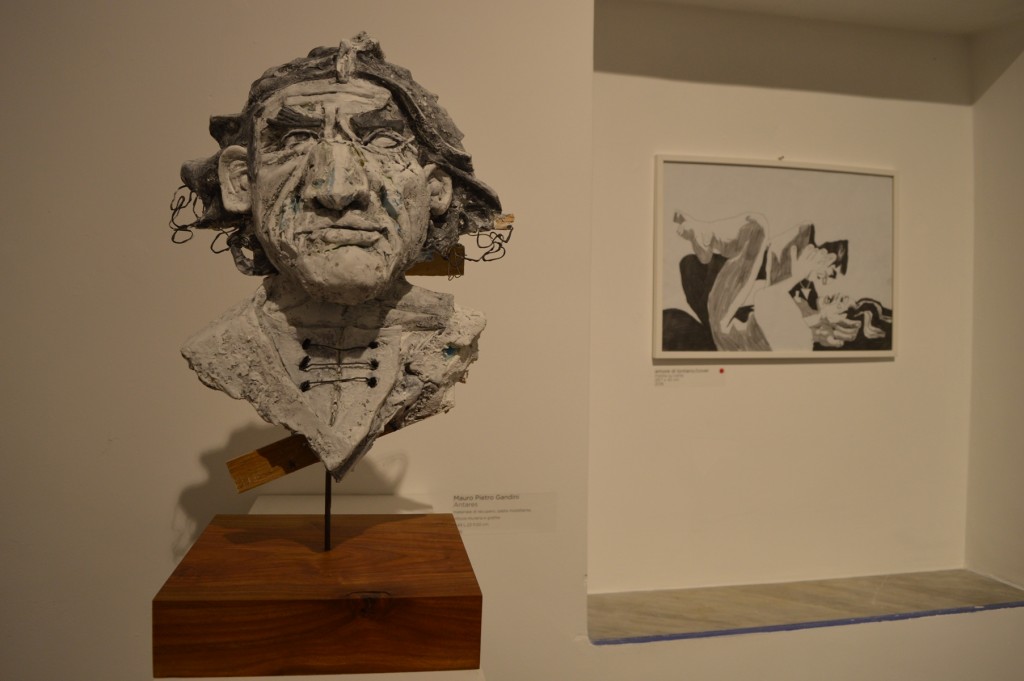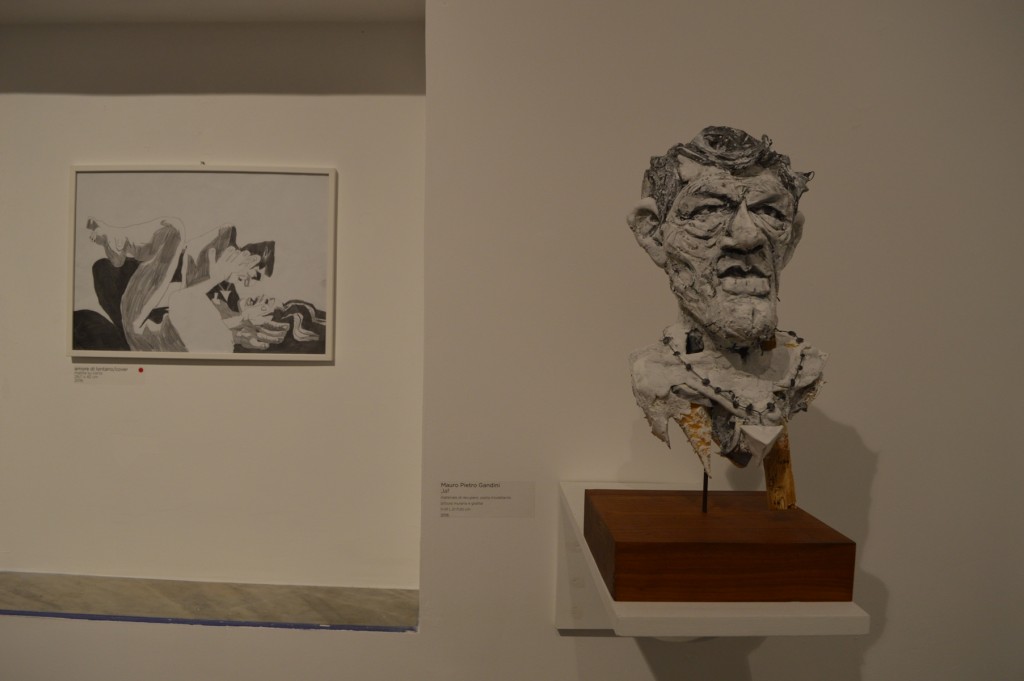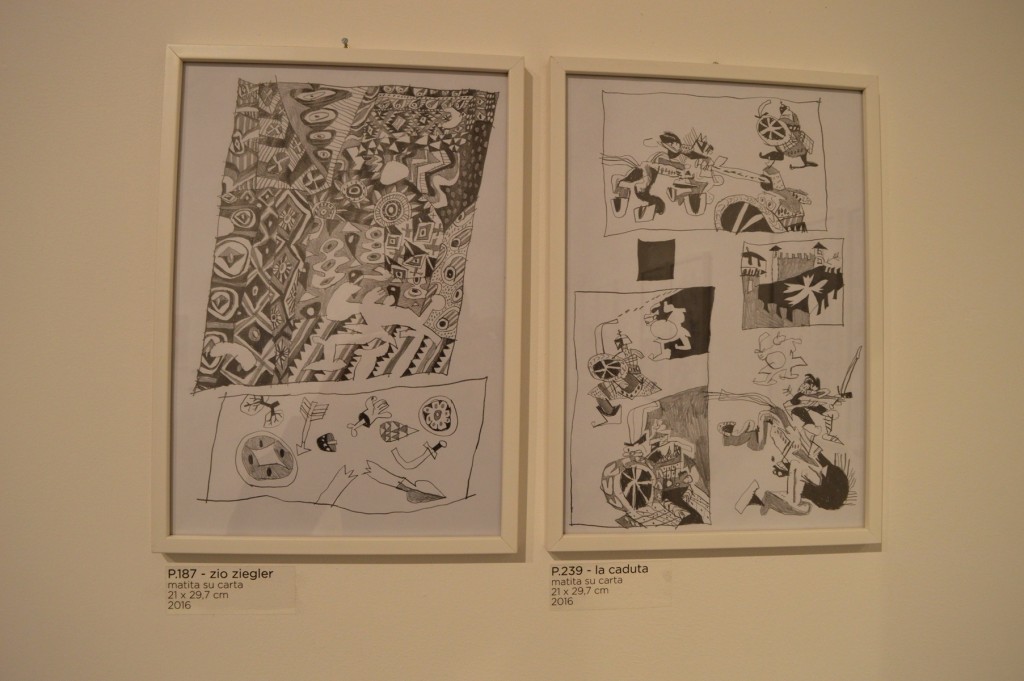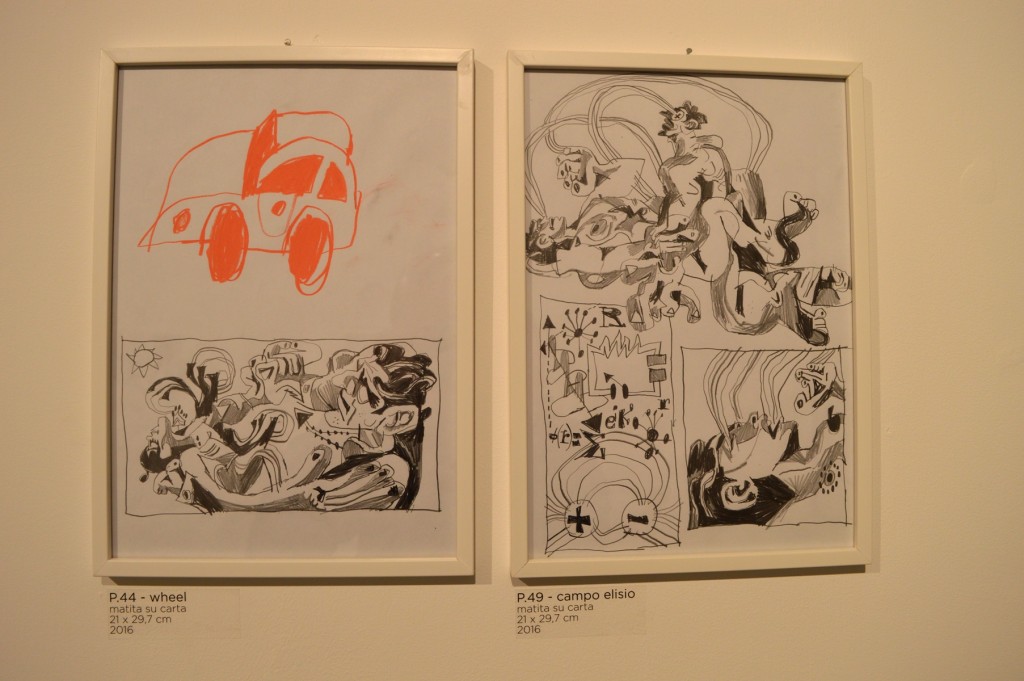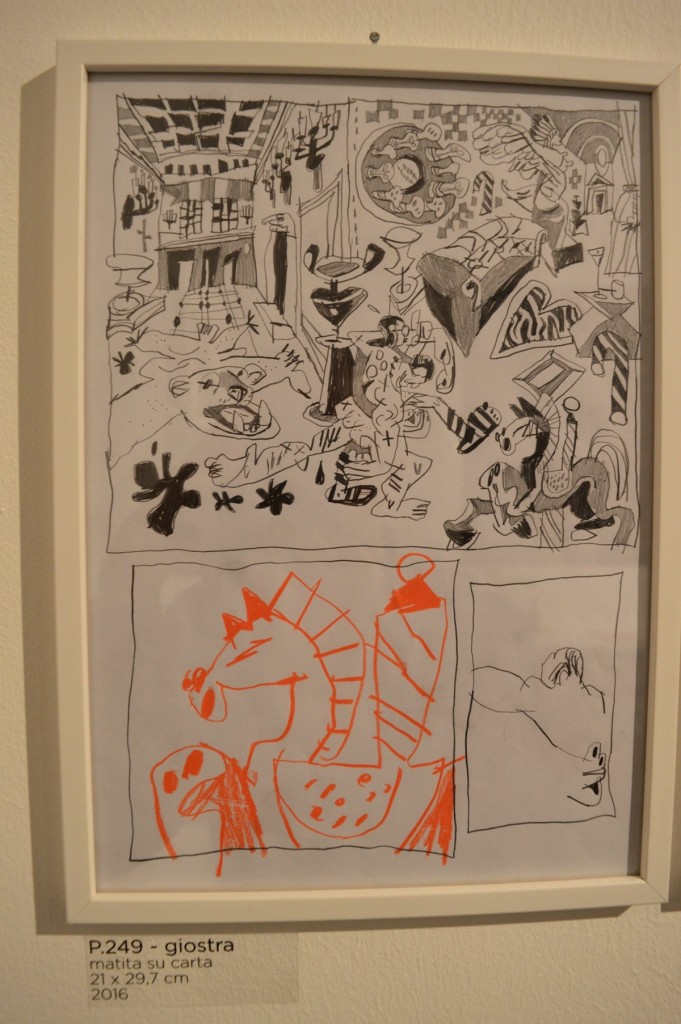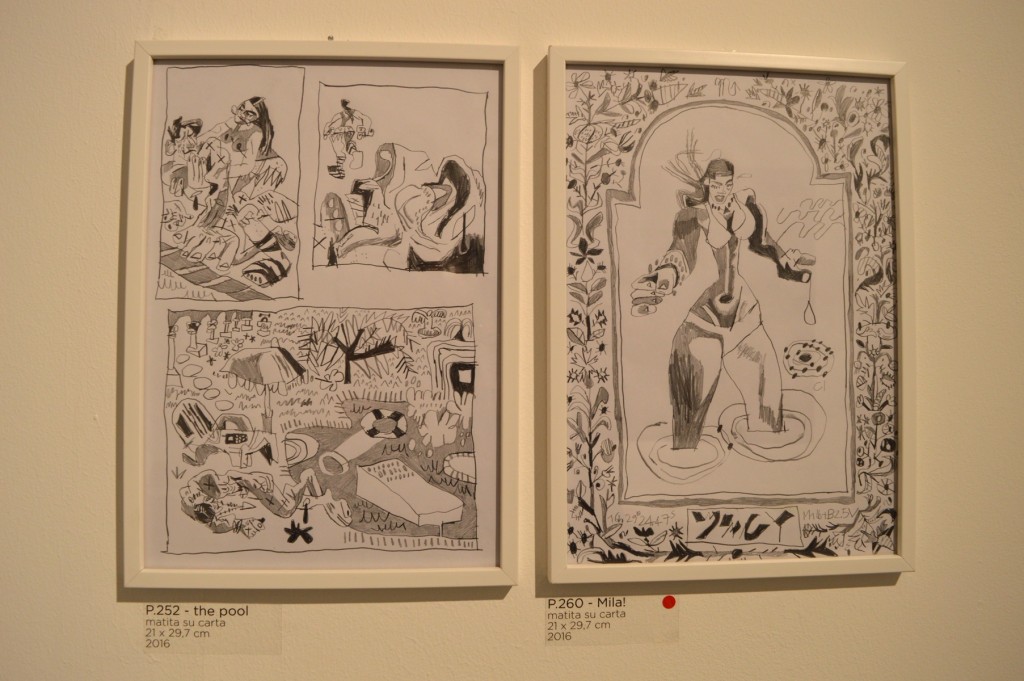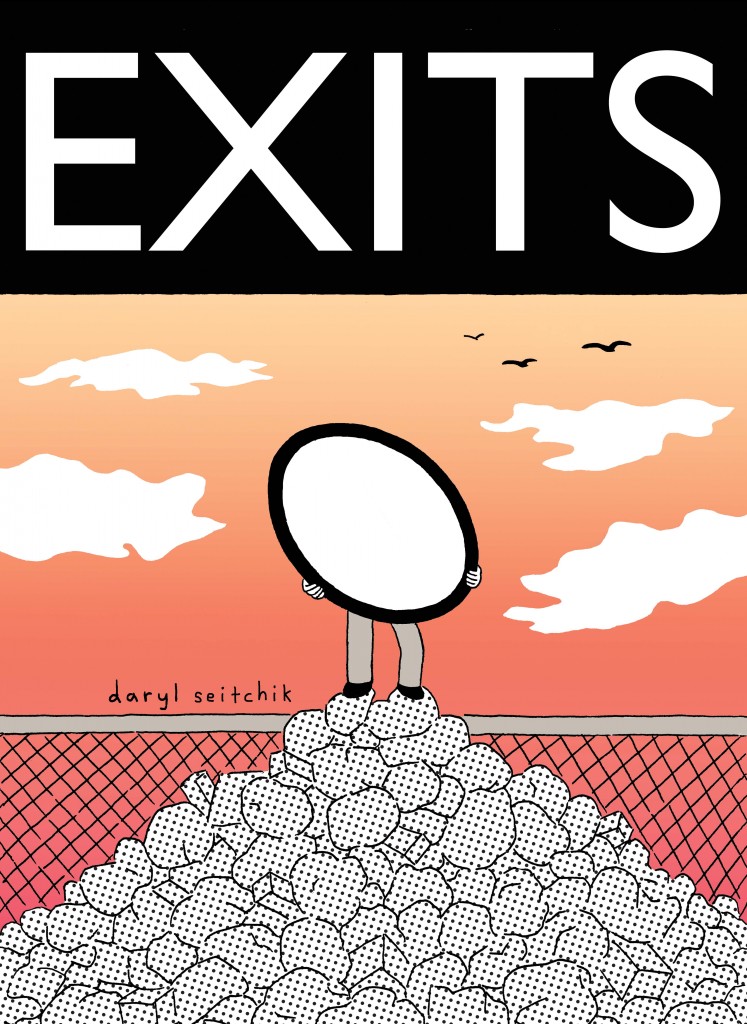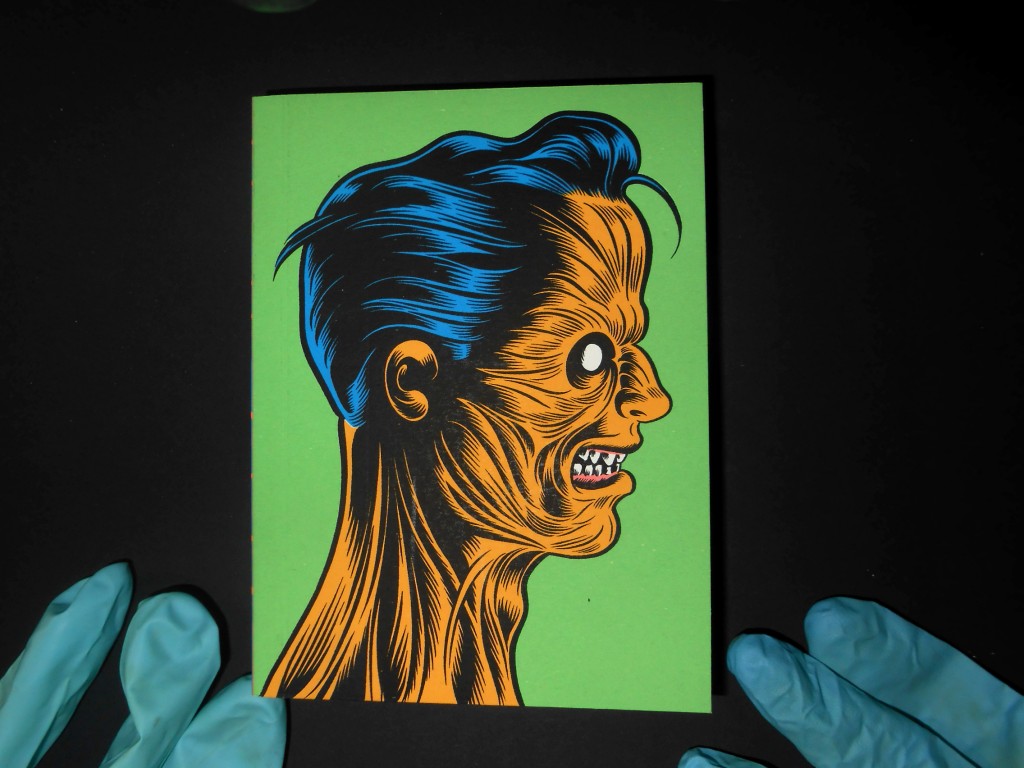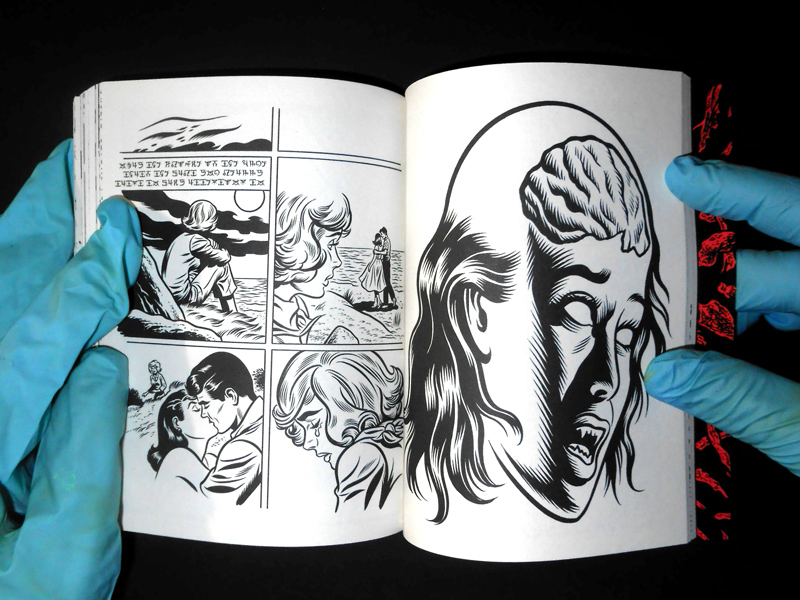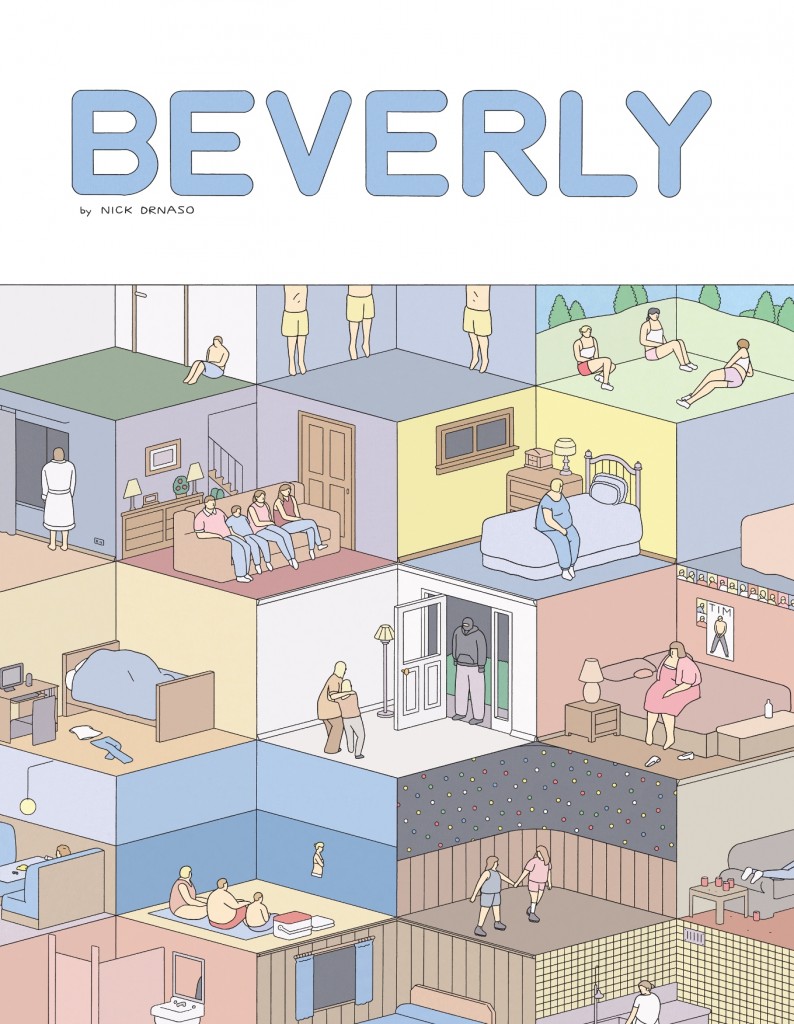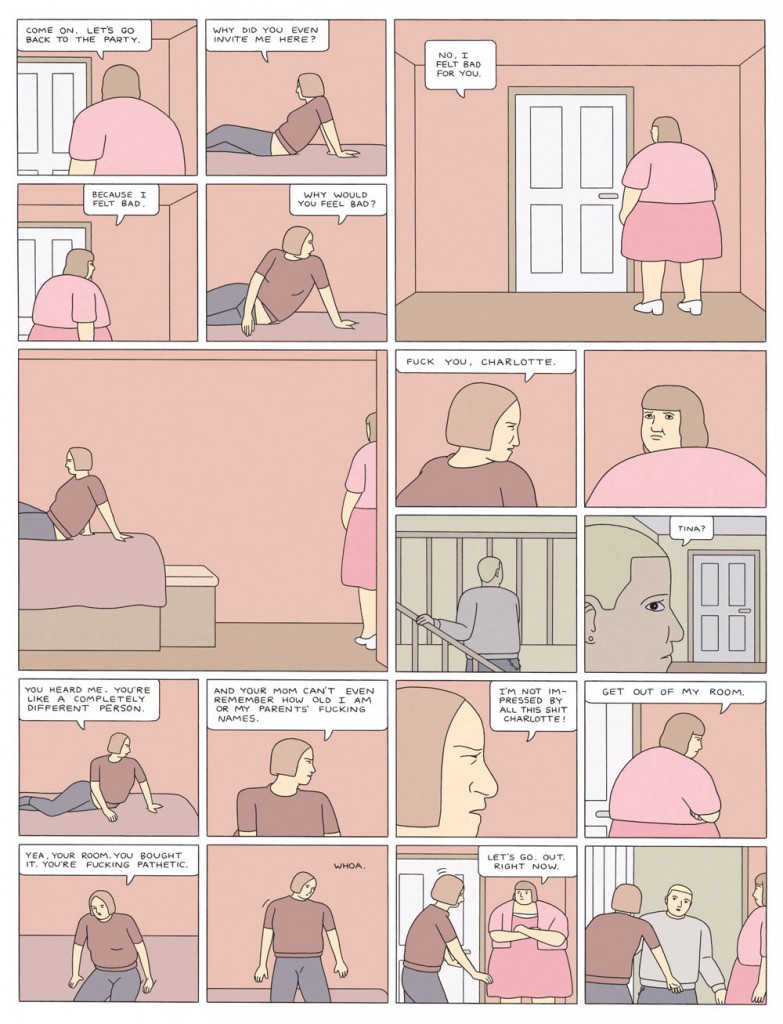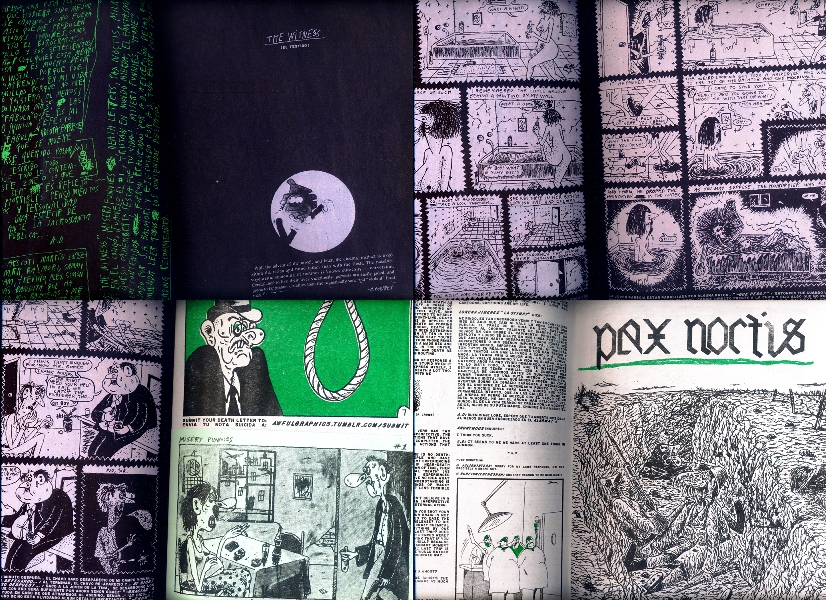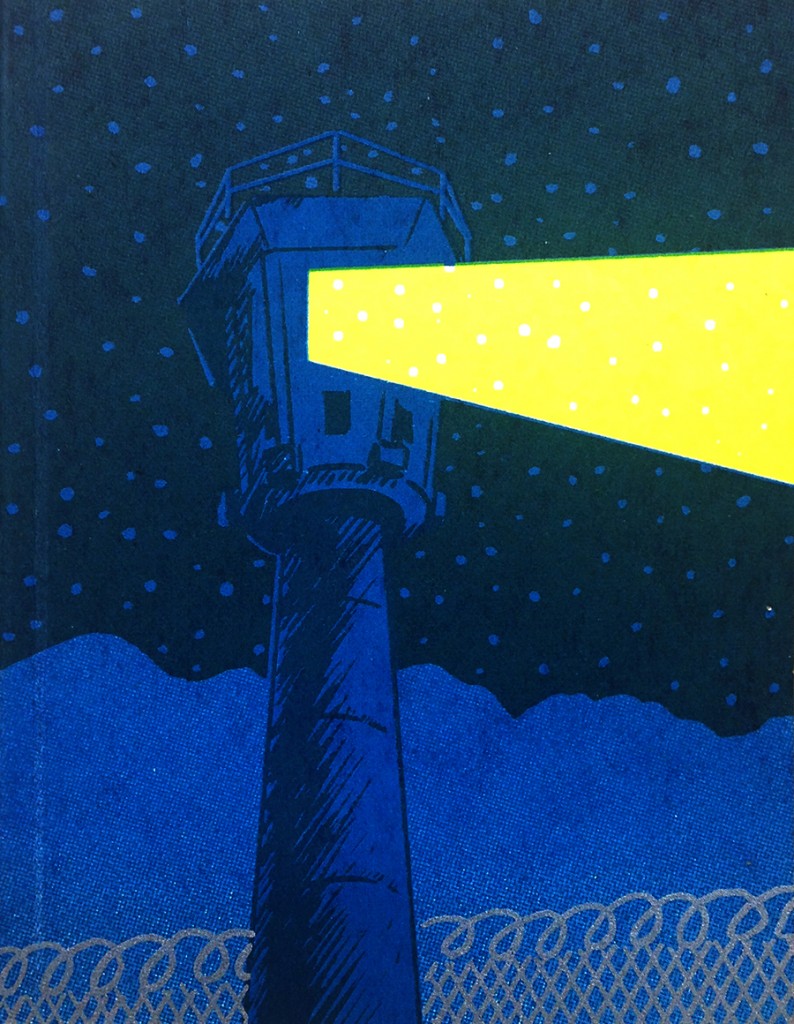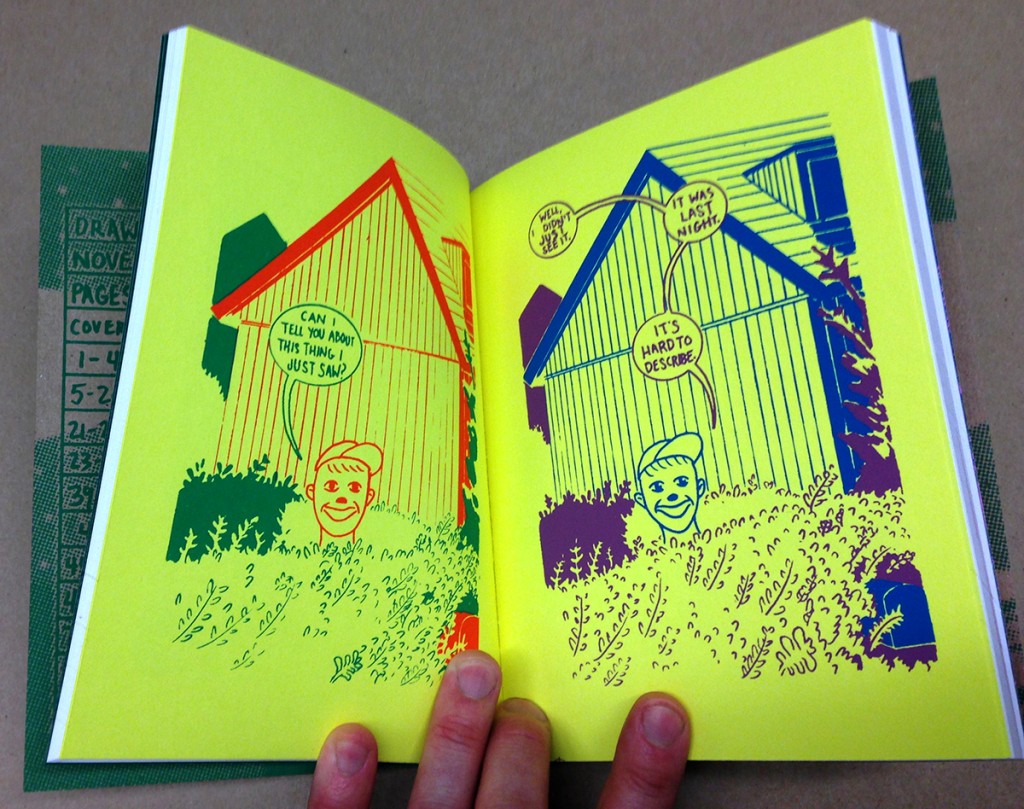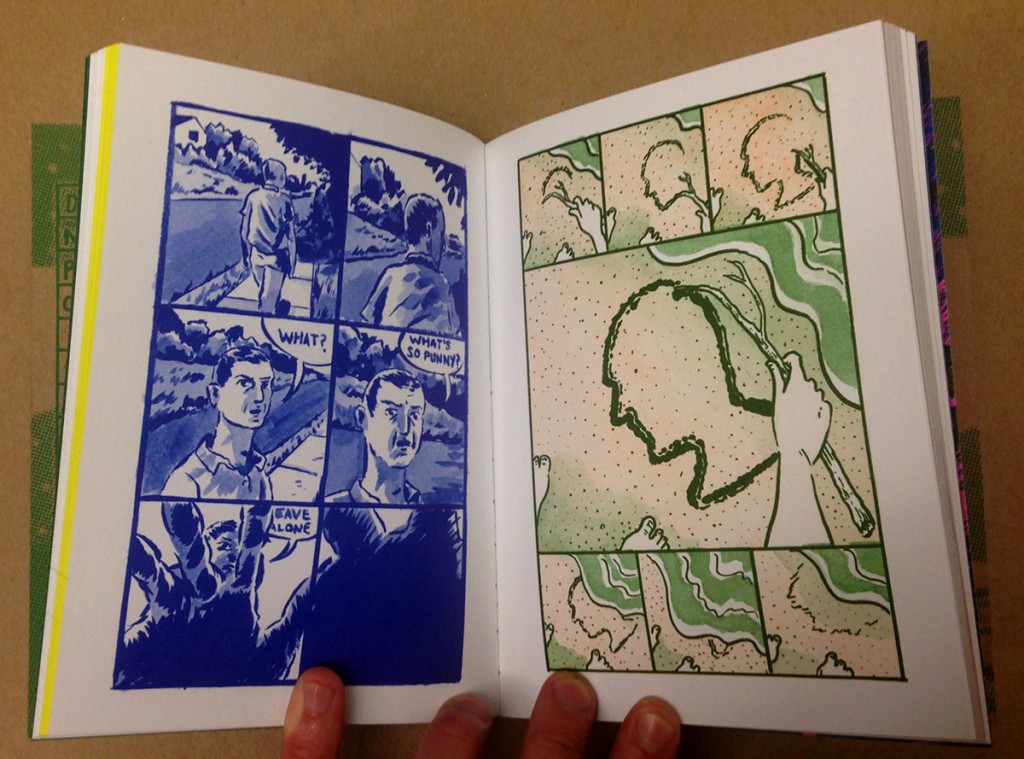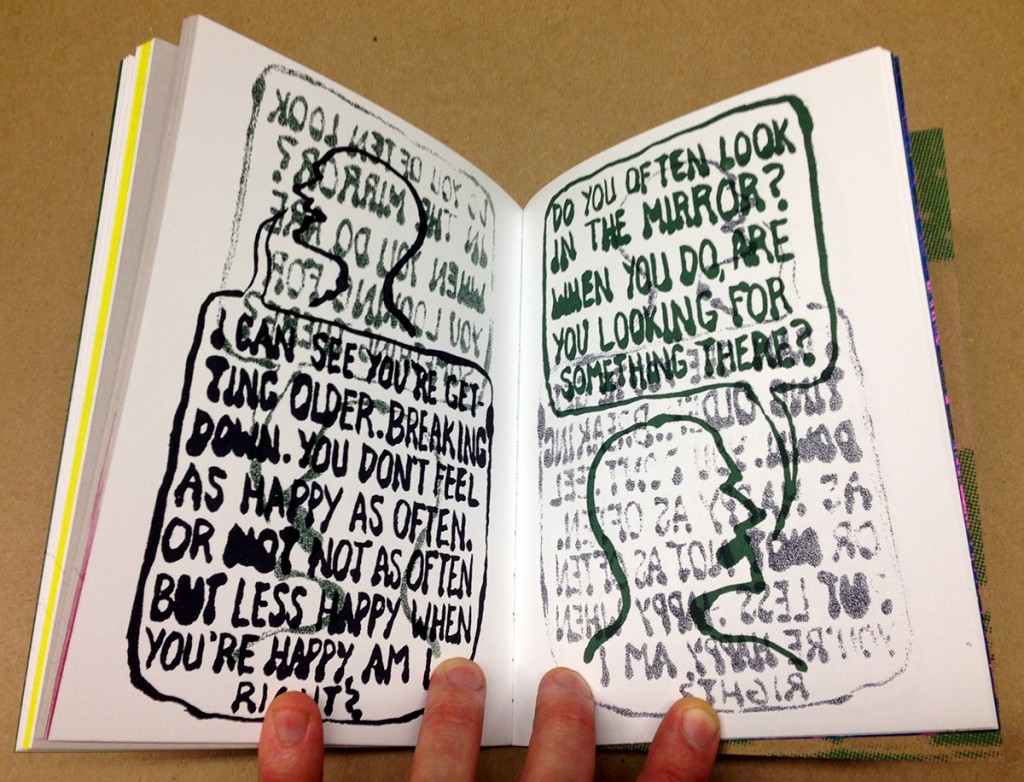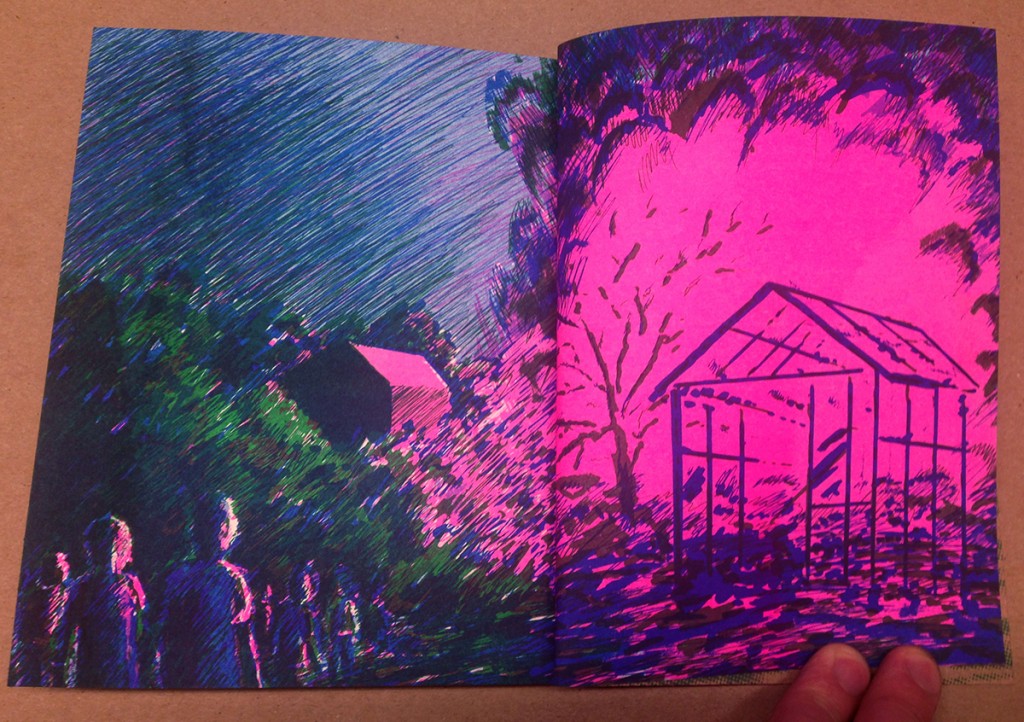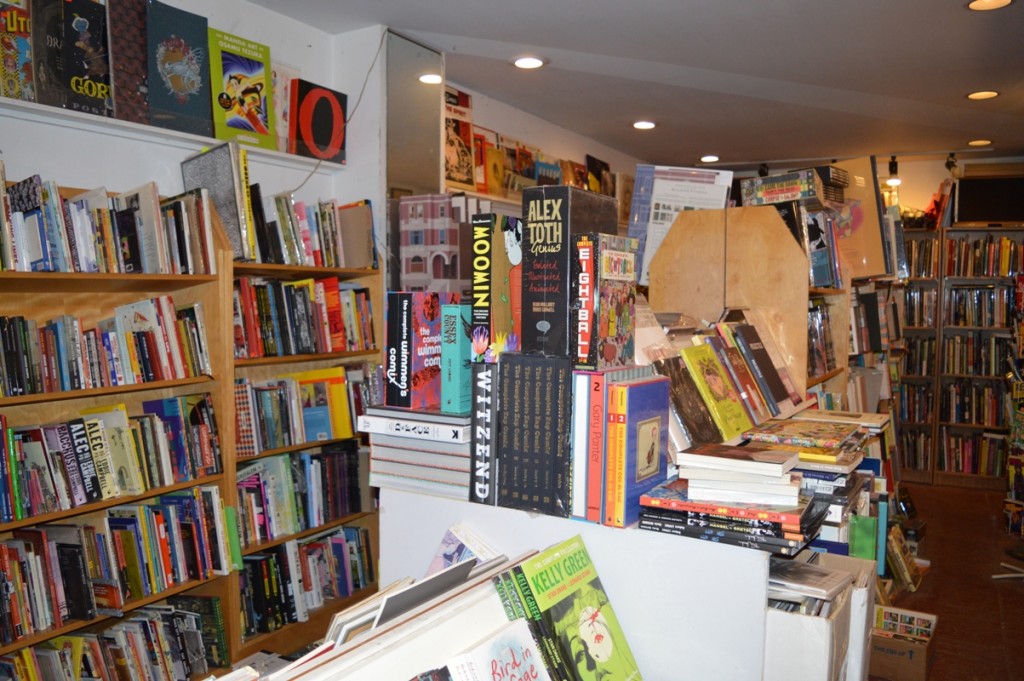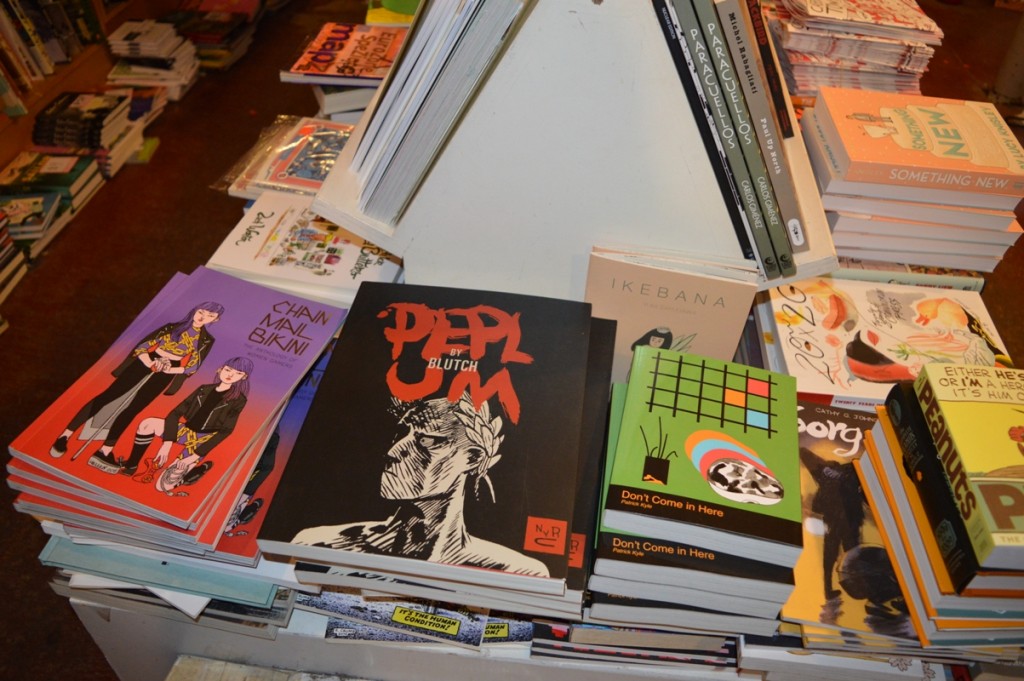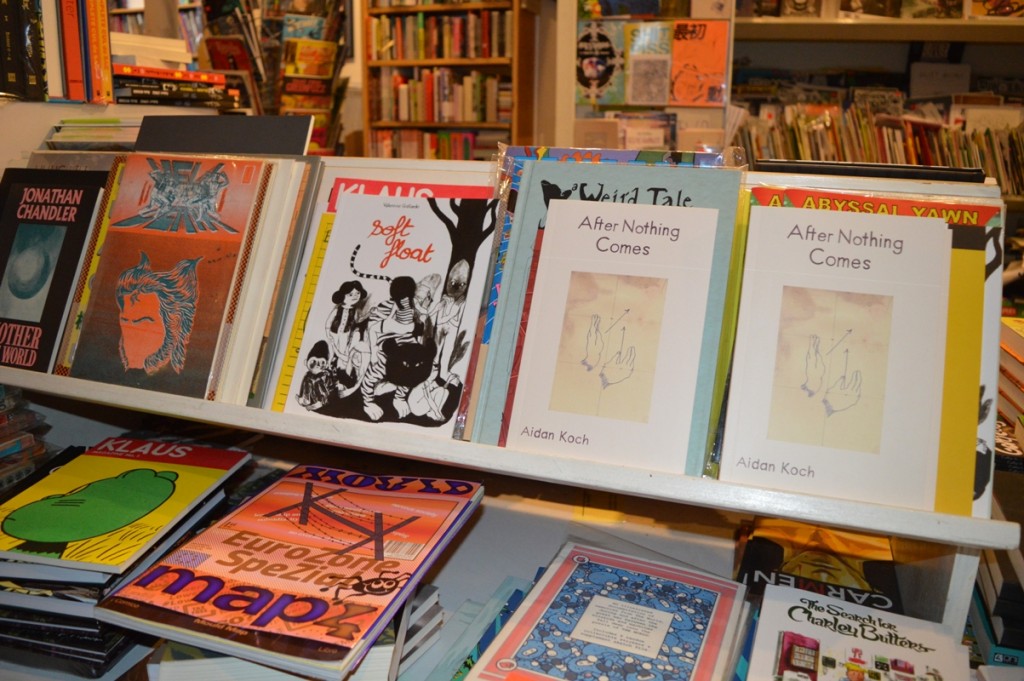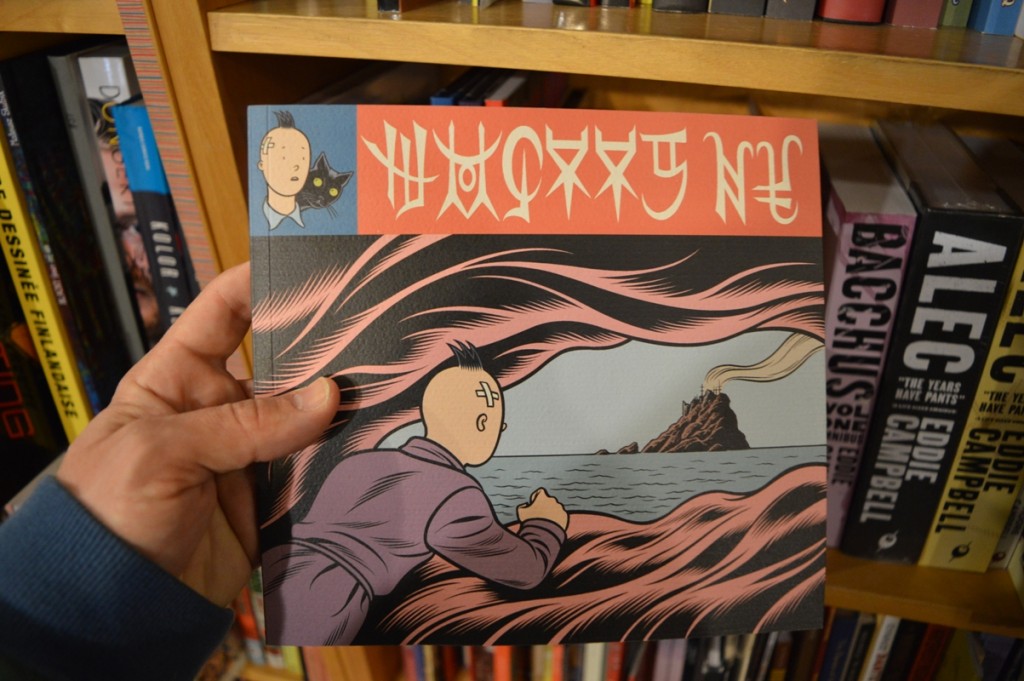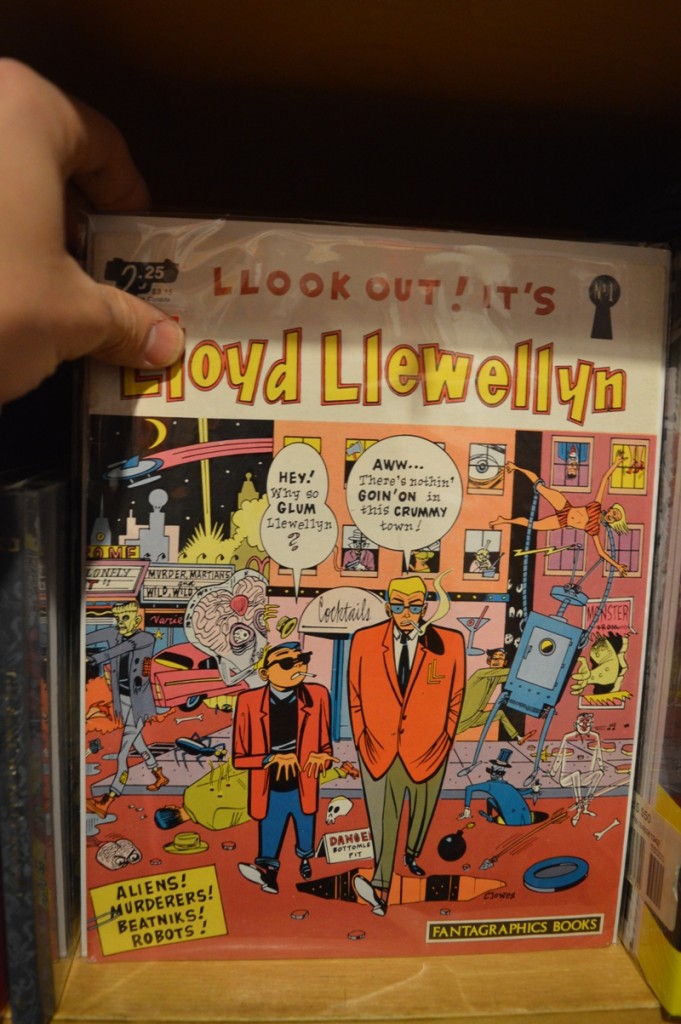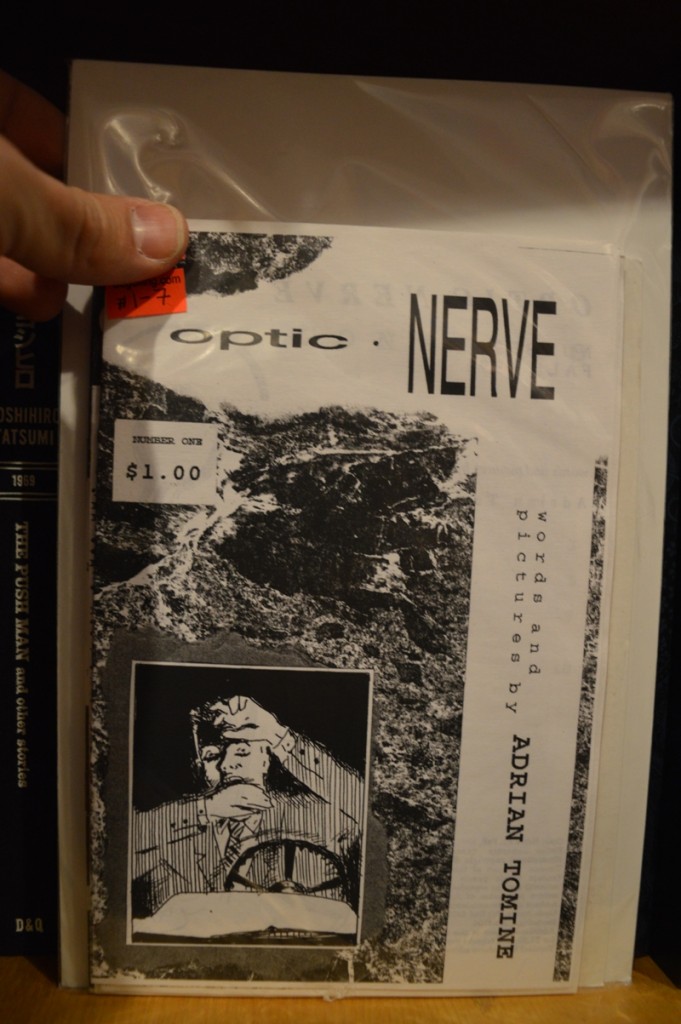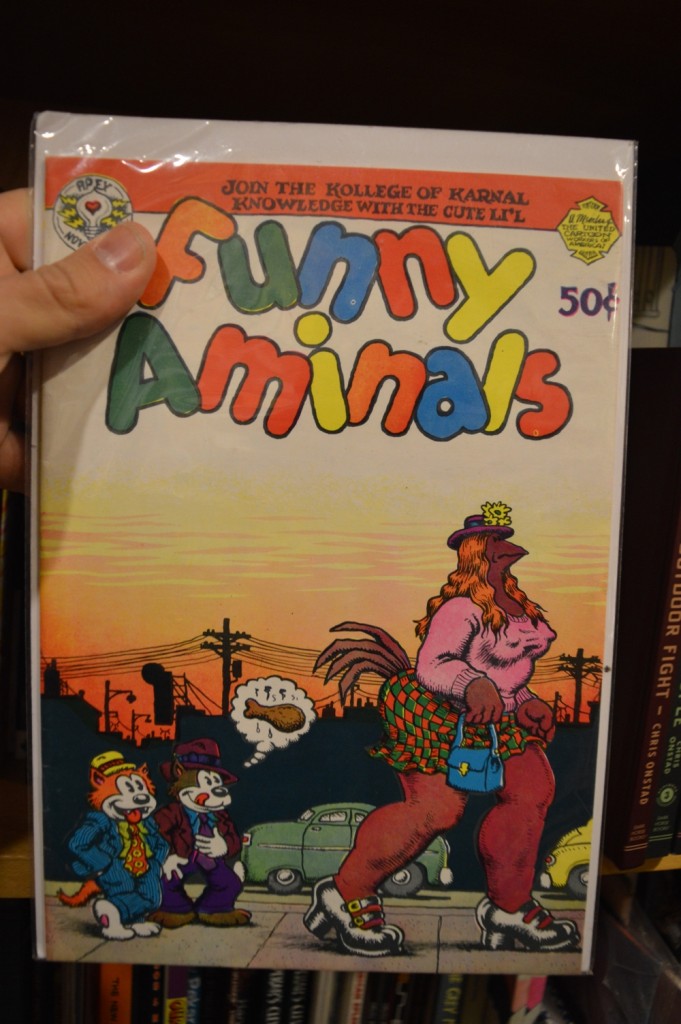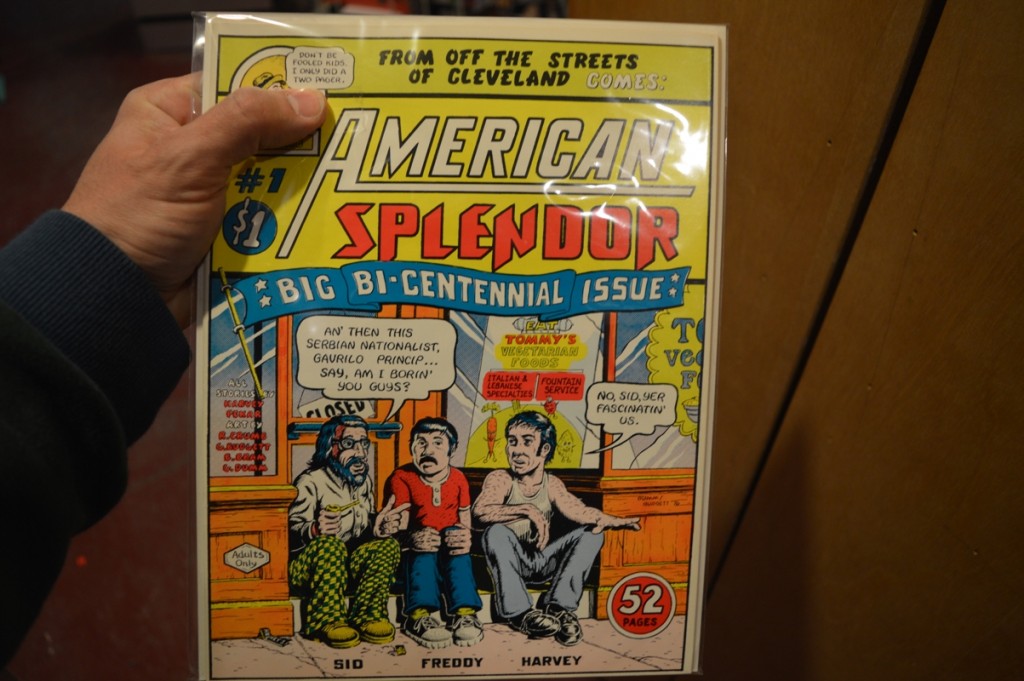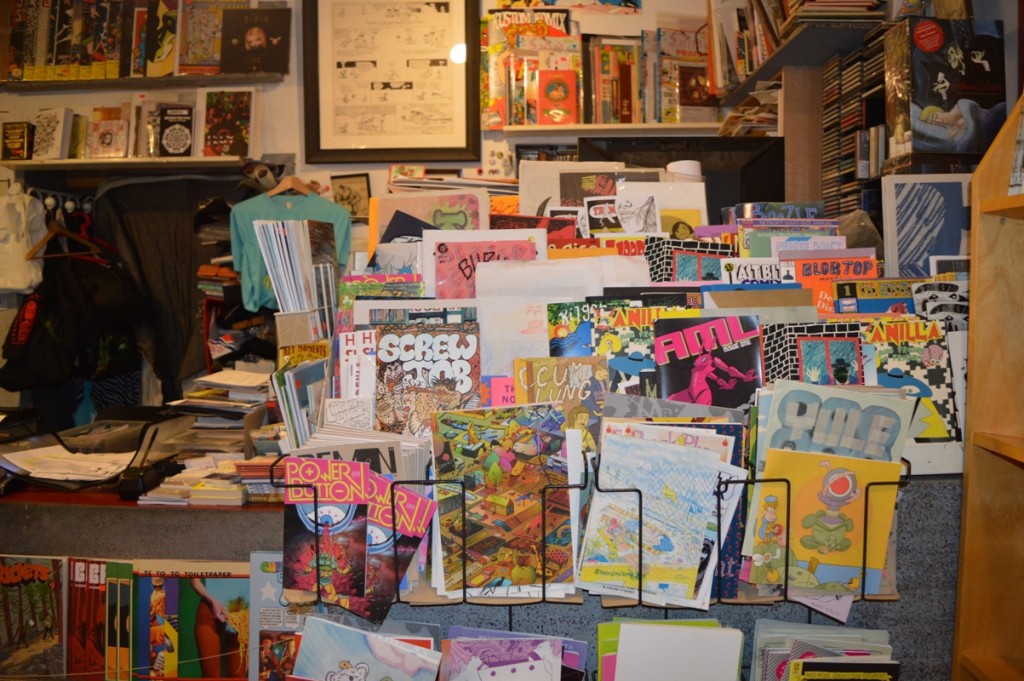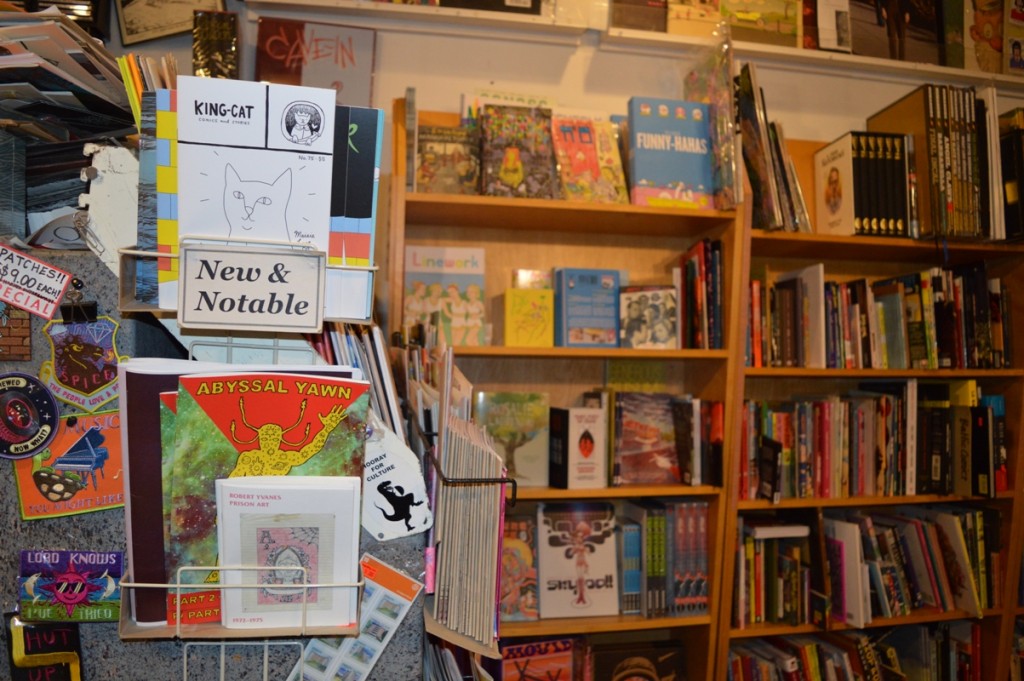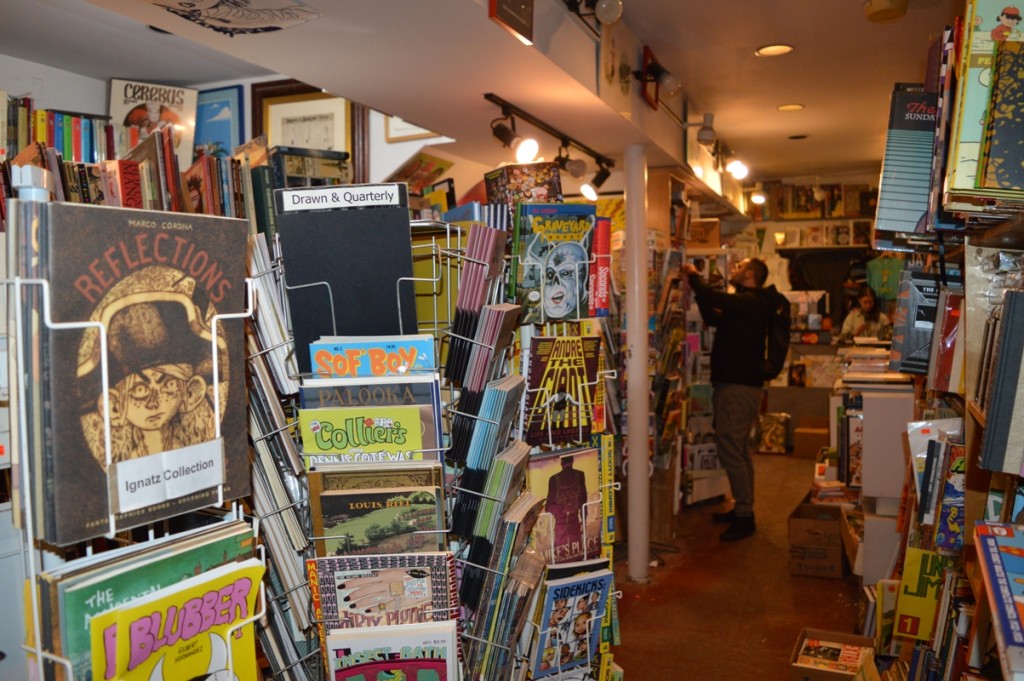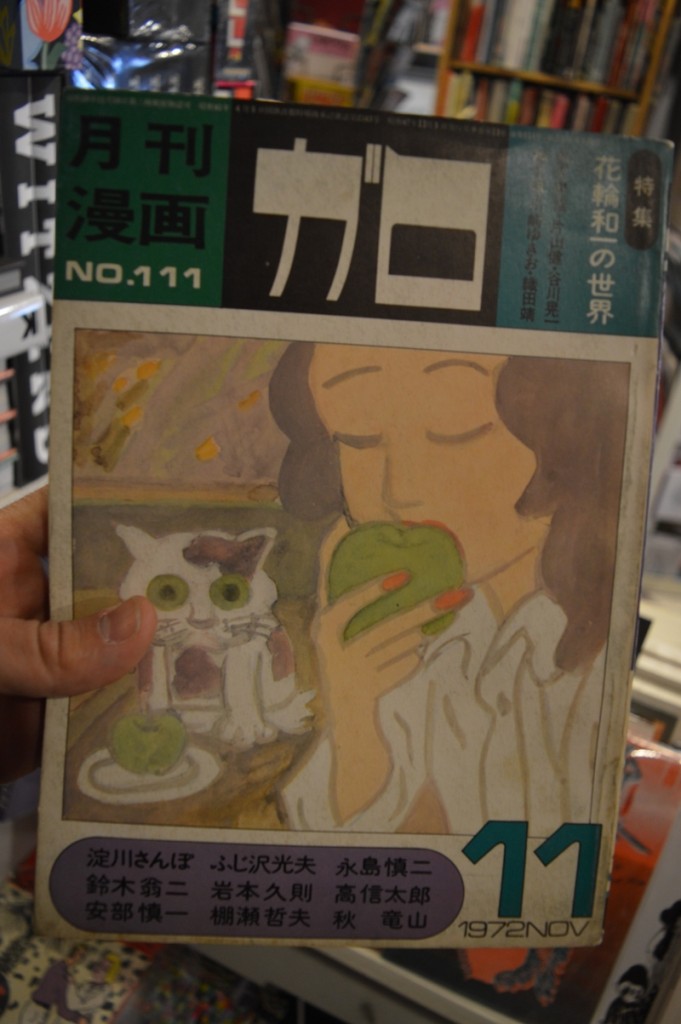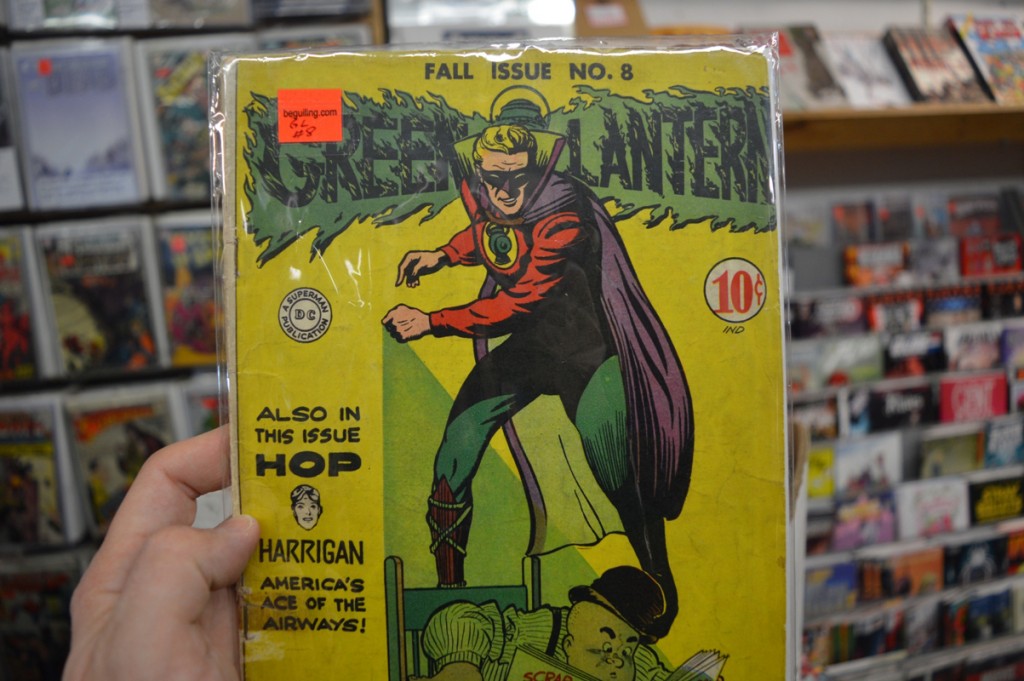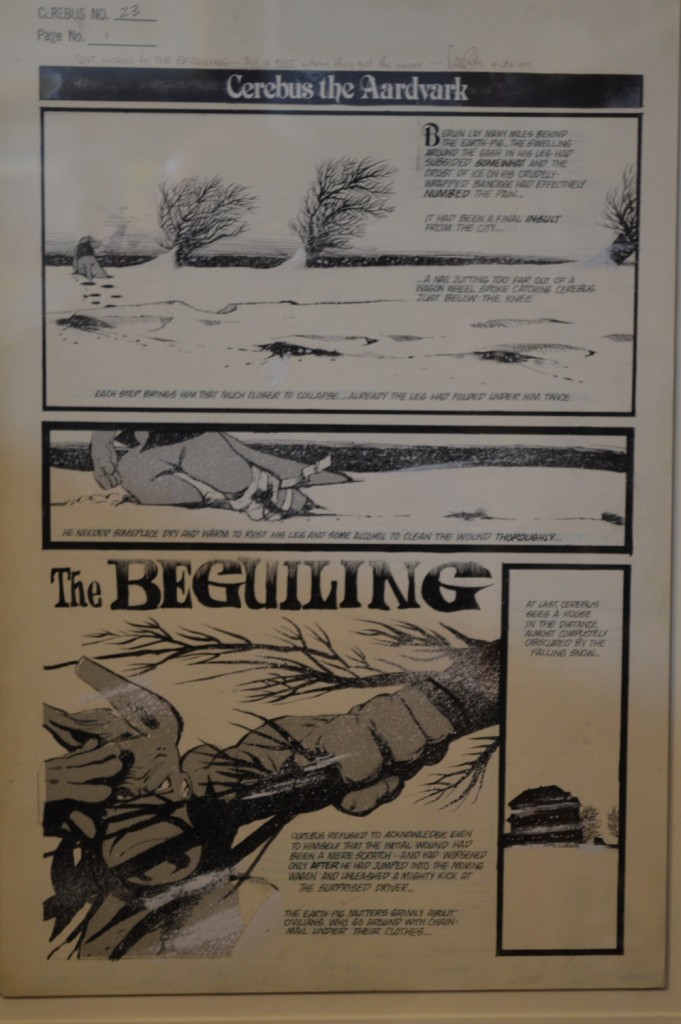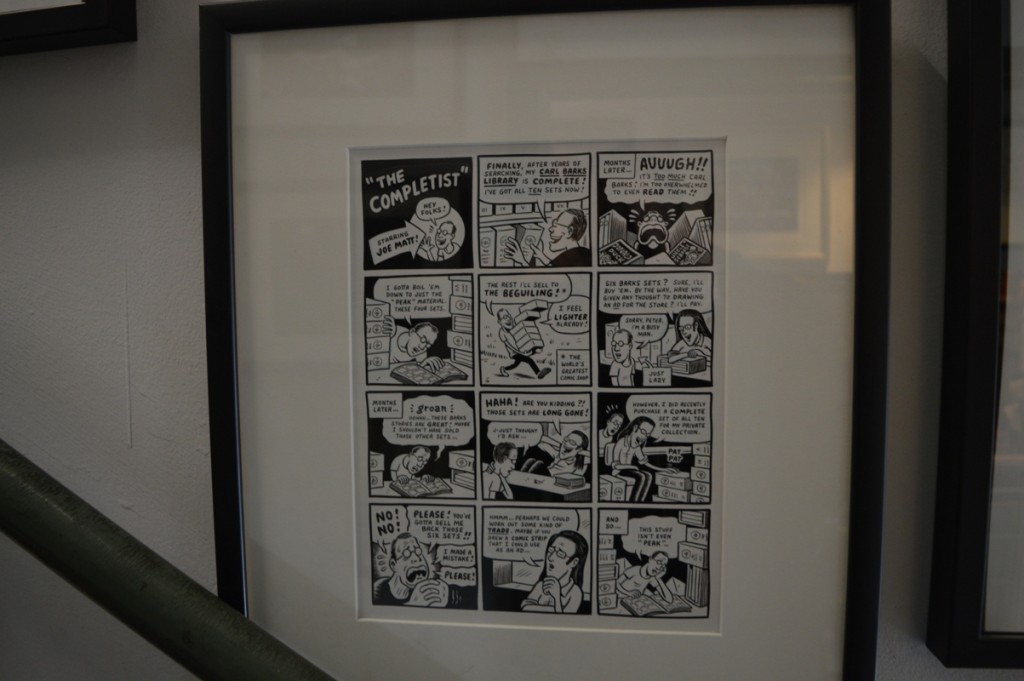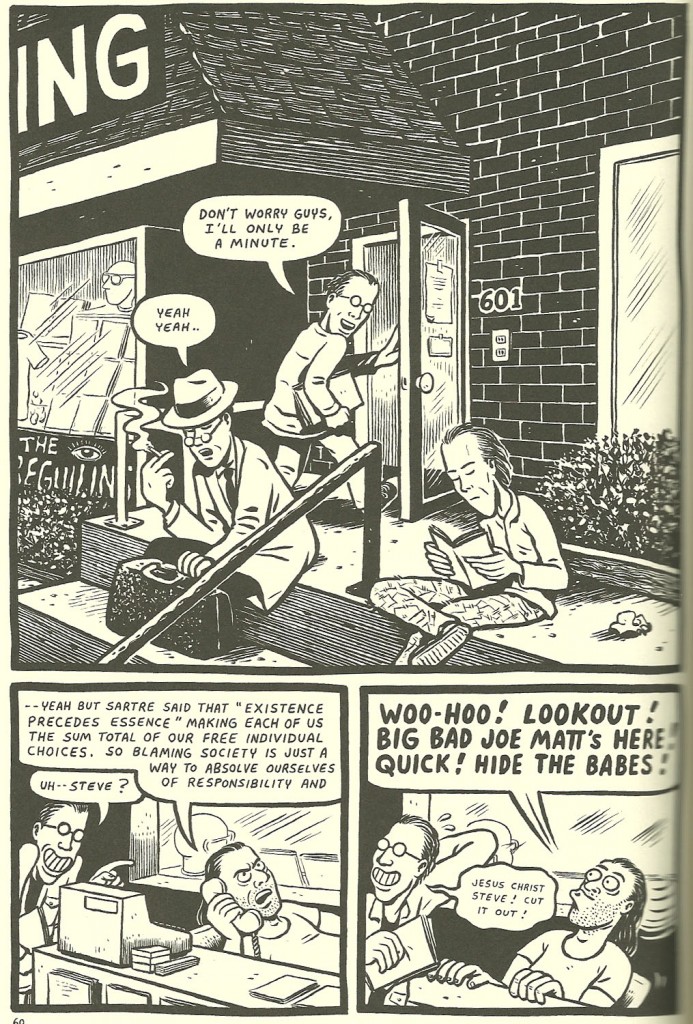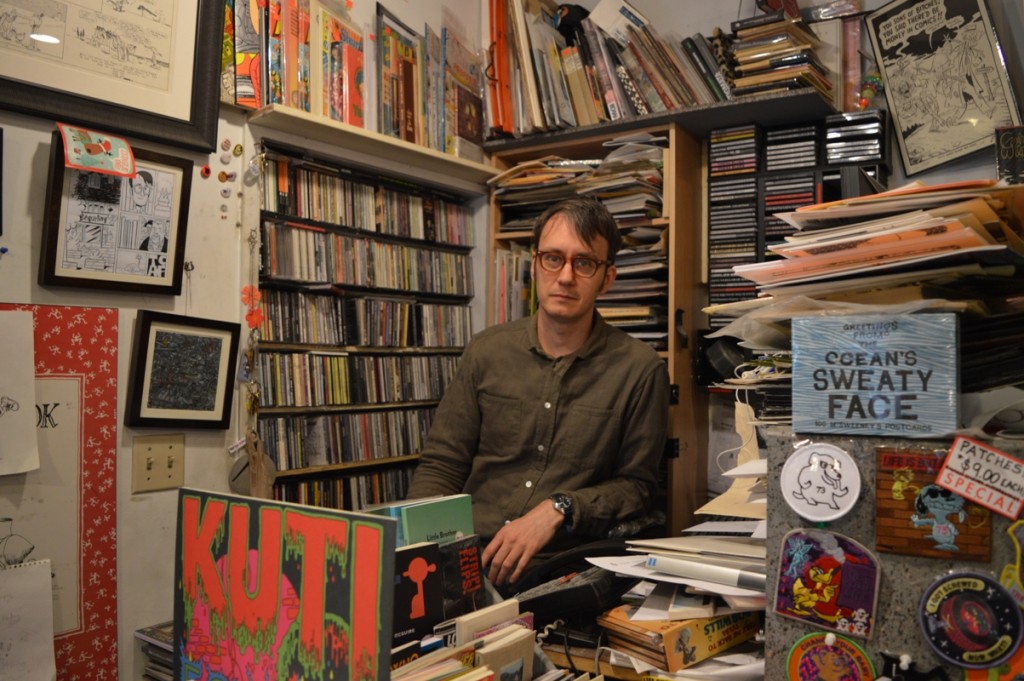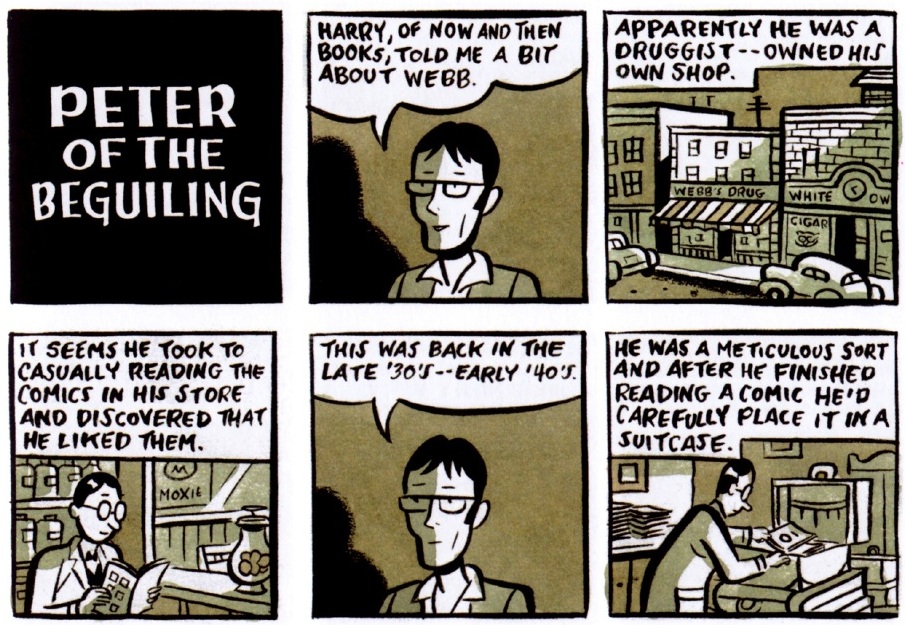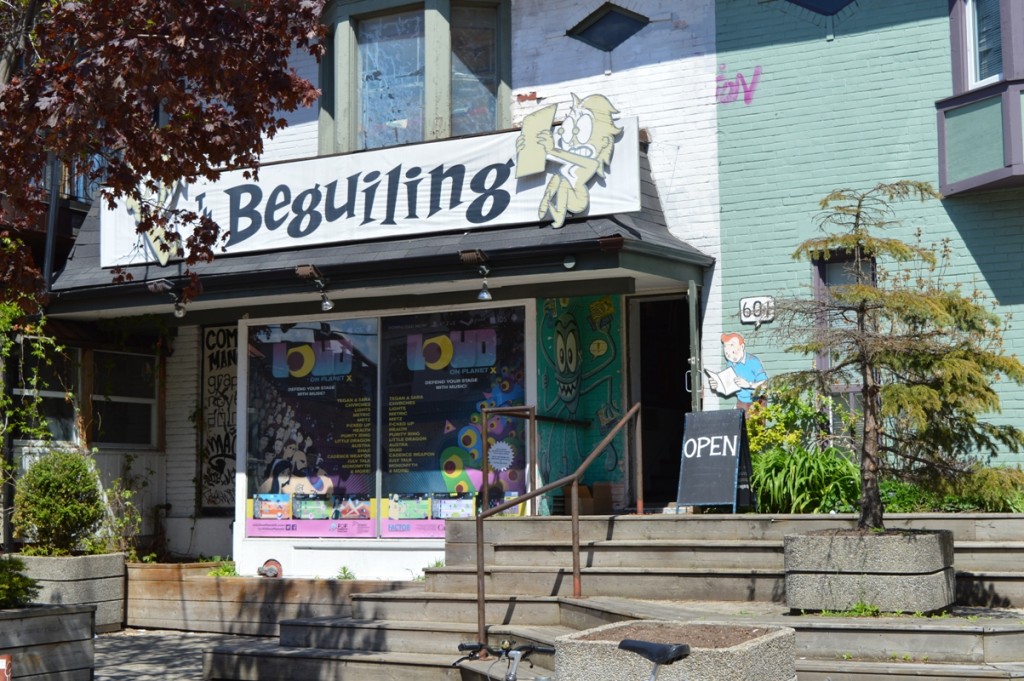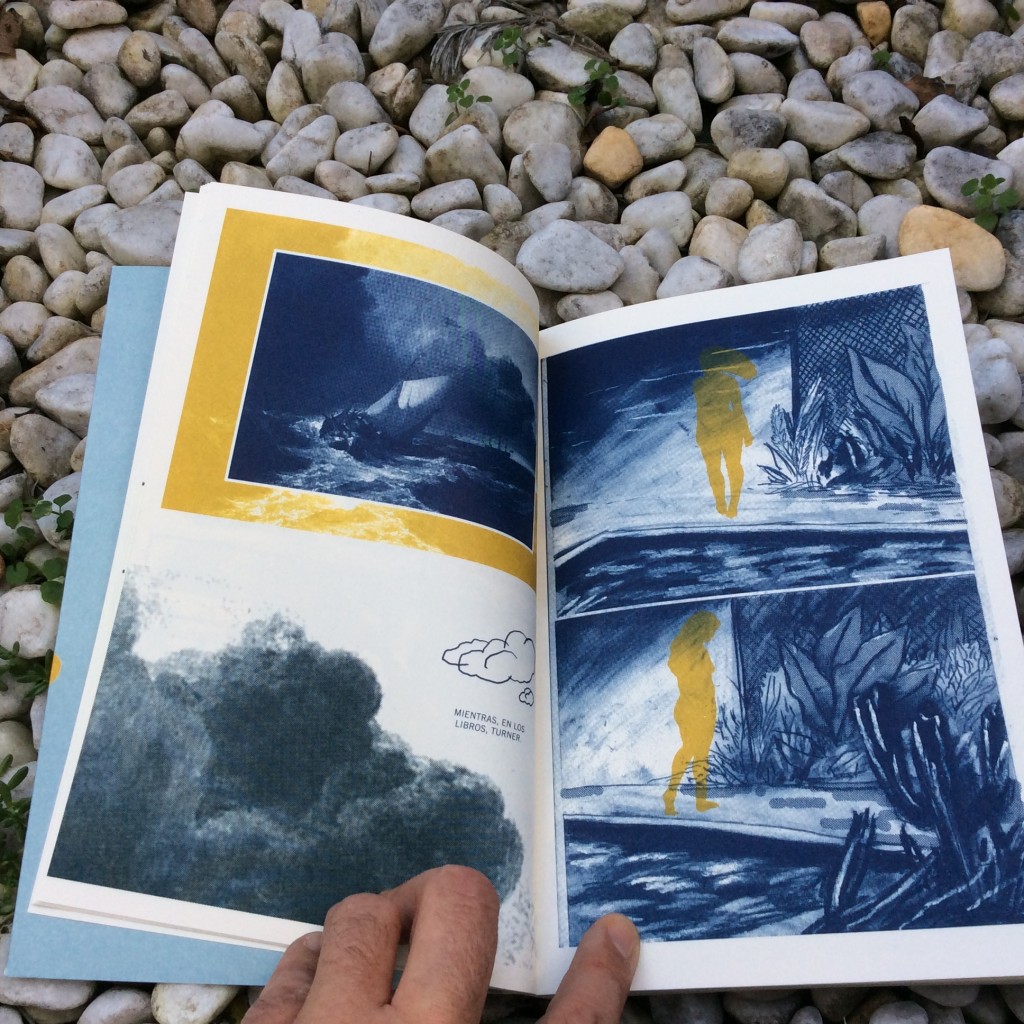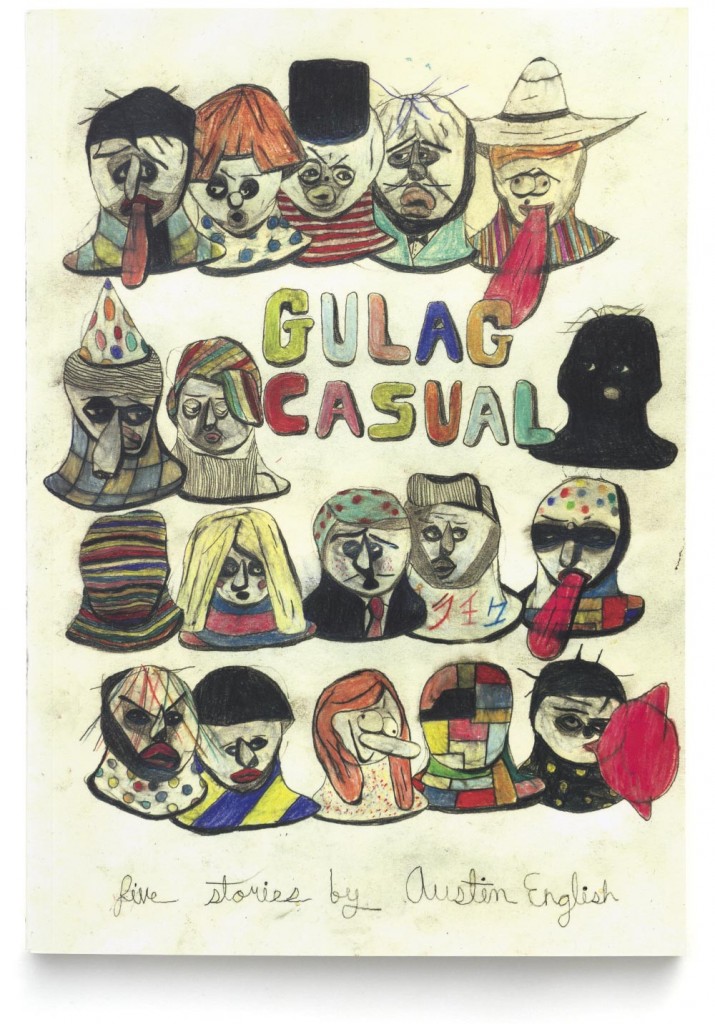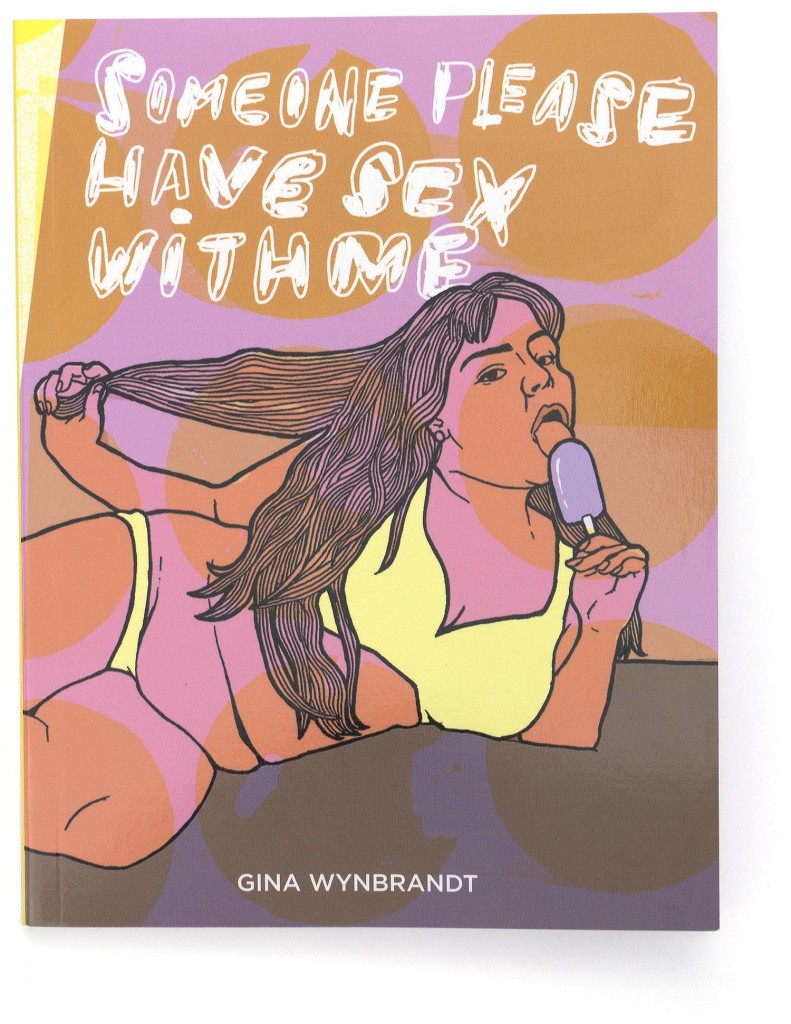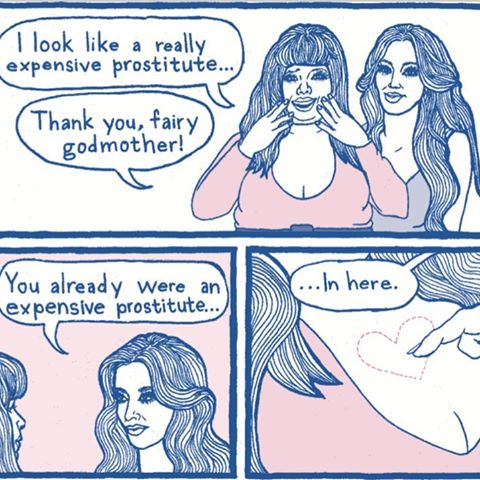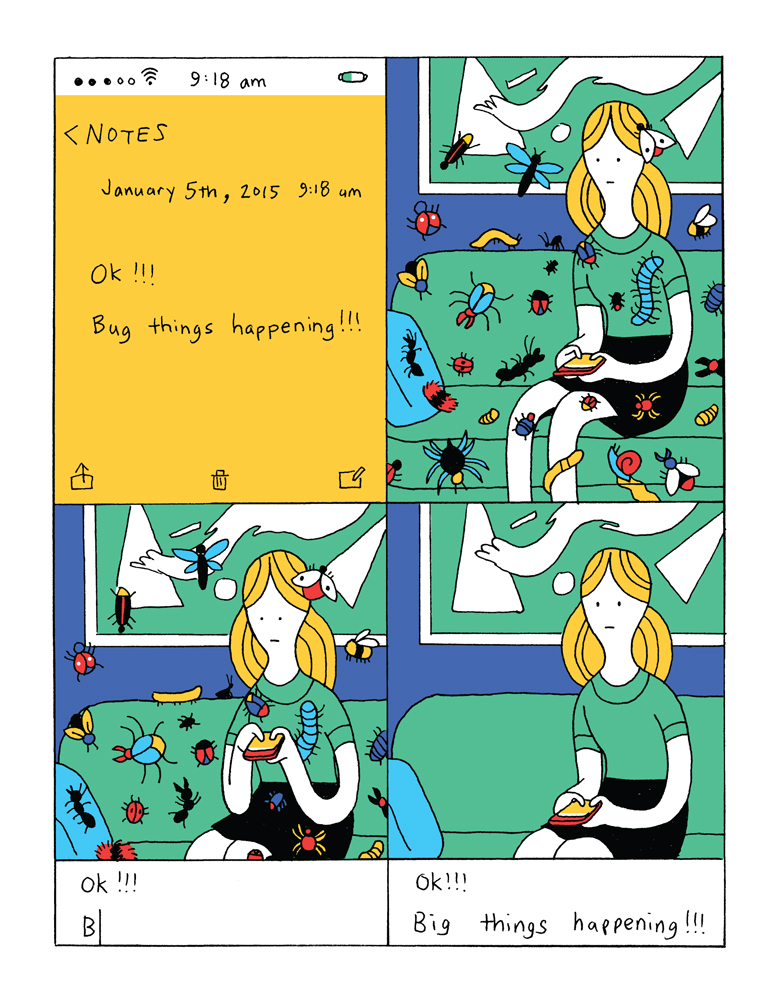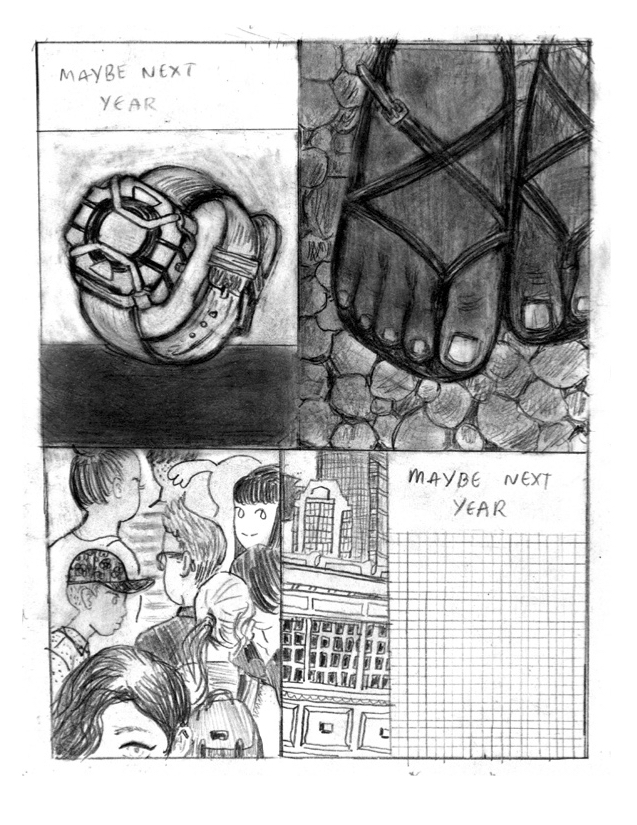Flag Press #2 – “Prima” di Manuele Fior
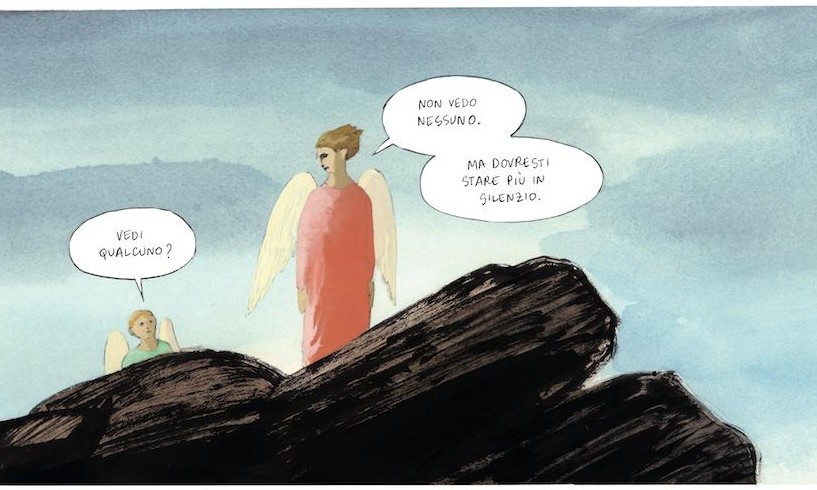
Un luogo dove siamo stati tutti ma di cui nessuno mantiene il ricordo, un tempo in cui avevamo le ali e nulla più. Prima di Manuele Fior, la seconda bandiera edita da Flag Press, è una storia che sembra arrivare da un altro mondo e da un’altra epoca, classica nello stile quanto sperimentale nel modo di avvolgere il lettore nelle sue spire. L’autore di 5000 chilometri al secondo e L’intervista ha realizzato per la casa editrice lanciata qualche mese fa da Ratigher e dal sottoscritto un fumetto toccante e al tempo stesso innovativo, che unisce contenuto e rivoluzione formale, sfruttando appieno le potenzialità del grande formato. Non vi dico di più, perché ogni dettaglio ulteriore potrebbe rovinare l’esperienza di lettura, che va fatta senza punti di riferimento, lasciandosi catturare dai dialoghi, dal segno, dai colori.
Si tratta del secondo poster edito da Flag Press, l’etichetta che pubblica fumetti formato 70×100 con una storia di due tavole. Il fronte è a colori in italiano, il retro in bianco e nero con traduzione in inglese. Per saperne di più sul progetto potete leggere qui.
Flag Press #2 – Prima di Manuele Fior debutterà al BilBOlbul Festival di Bologna dal 24 al 27 settembre. Lo troverete al Bookshop della Biblioteca Salaborsa insieme alla nostra prima uscita, Teoria, pratica e ancora teoria di Ratigher. Sempre in Salaborsa, Manuele Fior autograferà le copie durante le sue sessioni di dediche, sabato 26 novembre alle 16 e domenica 27 alle 11. Qualche giorno dopo il festival, potrete acquistare Prima sul sito della Flag Press.
Di seguito qualche immagine in antePrima. Buona visione.
December’s not so far away – 17/11/2016

Dato il periodo particolarmente ricco di eventi e progetti editoriali, resuscito questa rubrica di segnalazioni e link vari. Apriamo con BilBOlbul 2016, anche se non credo ci sia bisogno di leggere Just Indie Comics per sapere quel che succede a Bologna dal 24 al 27 novembre prossimi. L’ospite di eccezione è ovviamente Chris Ware, con una mostra dei suoi lavori alla Fondazione del Monte di Bologna e Ravenna (inaugurazione venerdì 25 alle 18,30), una serie di incontri con il pubblico e la pubblicazione del volume-catalogo Il palazzo della memoria – Scritti, disegni, interviste. Il manifesto di questa decima edizione è di Marco Corona (potete vederne un dettaglio nell’immagine di apertura), cui è dedicata una personale alla Pinacoteca Nazionale. Tra le altre cose segnalo la mostra XUWWUU di Gabriel Delmas con l’ultima opera dipinta a olio dell’autore di Largemouths, la presentazione del nuovo libro di Richard McGuire Sequential Drawings edito da Rizzoli Lizard, l’angolo BBB Zine dedicato alle autoproduzioni internazionali che quest’anno ospita Ediciones Valientes, Jorge Parras, La Camaraderie, Arbitraire, Central Vapeur e Los Bravú. E poi mostre mostre mostre, incontri incontri incontri, eventi eventi eventi. Andate sul sito della manifestazione per scoprire tutto.
Continuiamo a vedere quel che succede nella nostra cara vecchia Penisola e facciamo tappa a Roma, per due eventi che non sono riuscito a presentare a tempo debito (le inaugurazioni ci sono state entrambe venerdì 11 novembre) ma ancora in corso. La prima, presso Palazzo Velli in piazza di Sant’Egidio 10 a Trastevere, è la personale del Prof. Bad Trip A Saurceful of Colours, aperta fino al prossimo 3 dicembre. Si tratta della stessa mostra di Carrara, a cura di Tabularasa Teké Gallery, di cui avevo parlato qualche mese fa recuperando per l’occasione una vecchia intervista al Prof. Lo spazio espositivo è ampio ed accogliente, il materiale è ricco e di prim’ordine, tra i dipinti di Bad Trip che si possono ammirare con occhiali 3D consegnati all’ingresso, una serie di originali in bianco e nero, opere giovanili, sculture e tanto altro ancora. Ricco l’apparato critico, con foto, illustrazioni, articoli di giornale e materiale d’epoca che ben definiscono il contesto in cui Gianluca Lerici è diventato l’amato (e compianto) artista che tutti conosciamo. Se vi servono altri motivi per godervi tutto ciò, all’interno di Palazzo Velli ci sono anche concerti, dj set e proiezioni: il giorno dell’inaugurazione c’è stato per esempio un mini-live di Mauro Teho Teardo. Andate e moltiplicatevi. E se intanto volete farvi un’idea, eccovi un po’ di foto gentilmente offerte da Teké Gallery.
In contemporanea e a poche centinaia di metri inaugurava Bosch Remix – L’astrazione della follia, un group show curato da Manfredi Ciminale e ospitato dalla galleria Parione9 (ne ho già parlato in questo post su Amore di lontano di Martoz) in cui giovani illustratori italiani rileggono l’opera di Hieronymus Bosch attraverso ventuno stampe giclée. Il livello medio dei lavori è davvero elevato e alcuni sono particolarmente degni di nota per spirito visionario e composizione. In più l’idea di realizzare le opere con il metodo del “telefono senza fili” dà coesione e unità al tutto. Gli illustratori coinvolti sono ADR, Francesca Balducci, Margherita Barrera, Pablo Cammello, Niccolò Castro Cedeno, Manfredi Ciminale, Crù, Lorenzo De Luca, Michela Di Lanzo, Fabrizio Des Dorides, Fabio Frangione, Frita, Valerio Immordino, infidel, La Came, Martoz, Lucio Passalacqua, Antonio Pronostico, Jacopo Starace, Sushi, Tommy Gun Moretti. Bosch Remix rimarrà in galleria fino al prossimo 30 novembre. Accorrete numerosi e, come antipasto, gustatevi queste foto scattate il giorno dell’inaugurazione da Diana Bandini.
Passiamo adesso a un progetto editoriale che ha diversi punti in comune con Bosch Remix, nel senso che anche qui c’è un riferimento “alto” (lì Bosch, qui Ovidio) rivisitato da artisti italiani. Sto parlando di Metamorphoses, un albo in formato A4 a colori con sovra-copertina in serigrafia che verrà pubblicato alla fine di una campagna di crowdfunding su Ulule lanciata in questi giorni dall’associazione culturale Squame e attiva fino al 5 dicembre. L’idea alla base dell’iniziativa è quella di chiamare 16 artisti a rivisitare in maniera personale e libera uno dei miti tratti dalle Metamorfosi di Ovidio, realizzando per l’occasione un fumetto e un’illustrazione. A questo punto vorrete sapere chi sono gli illustratori e fumettisti che troverete dentro Metamorphoses e io per non fare torto a nessuno ve li dico tutti: Francesco Guarnaccia, Davide Saraceno, Pistrice, Tommy Gun Moretti, Marino Neri, Andrea Chronopoulos, Anna Deflorian, Cristina Portolano, Giulio Castagnaro, Martoz, Alessandro Ripane, La Lois, AkaB, La Came, Lucio Villani, Rita Petruccioli. Oltre all’albo si potranno acquistare anche dei poster 30×40 di ciascuna illustrazione/fumetto e qualche originale. Per qualche info in più vi rimando a questa intervista a Francesca Protopapa pubblicata qualche giorno fa su Dancing Asteroid. Sul sito della campagna trovate ovviamente ulteriori dettagli e tante immagini ma se siete pigri vi mostro qualcosa qui sotto.
Proseguiamo con una serie di link che potreste trovare interessanti o, in caso contrario, che potete aprire se proprio non avete niente di meglio da fare. Parecchi, quando mi incontrano in giro (intendo agli eventi legati al fumetto, non al supermercato) mi chiedono informazioni sui festival d’oltreoceano, tentati dall’idea di provare la traversata a bordo di qualche nave per vendere i propri lavori agli indiani d’America (sì, è molto tardi quando scrivo queste righe qui). Ok, visto che mi sembra che la cosa interessi qualcuno, vi segnalo che di recente c’è stato il Comic Arts Brooklyn, un festival organizzato come sempre dal negozio di fumetti di Williamsburg Desert Island. L’edizione di quest’anno è stata in dubbio fino all’ultimo momento e, se questo ha comportato una minore affluenza di pubblico, non credo abbia inficiato la qualità del materiale che si poteva trovare sui vari tavoli, tanto che Nick Gazin su Vice ne parla come “l’unico festival che conta” (vabbè, mò non esageriamo Nick). Per un reportage più obiettivo vi rimando a quello del Publishers Weekly, che ha pubblicato sulle sue pagine anche una serie di foto dell’evento.
Rimanendo in tema, dal 13 al 16 ottobre ha debuttato, dopo l’edizione di prova dell’anno scorso, il Cartoon Crossroads Columbus, curato tra gli altri dall’autore di Bone Jeff Smith. Il festival ha un approccio prevalentemente culturale al fumetto, visto da un punto di vista storico e anche sociale, come testimoniano i temi delle tantissime conferenze di taglio accademico che ha ospitato. Ne trovate resoconti sul sito del Comics Journal e su Comics Workbook. Infine, visto che ci siamo, recupero questo reportage di Rob Clough dalla Small Press Expo dello scorso settembre.
Concludo con un po’ di cose a caso e cioè: l’intervista a uno dei miei cartoonist preferiti di adesso e forse di sempre, cioè Sammy Harkham, pubblicata in questi giorni in inglese dal sito francese du9, anche se in realtà risale al 2015; un nuovo fumetto in quattro parti di Sam Alden che ha debuttato qualche giorno fa su Hazlitt (in alto la prima tavola); un po’ di immagini del Doctor Strange ai tempi di Gene Colan e Tom Palmer gentilmente offerte da Diversions of the Groovy Kind. E ora basta.
Le due facce di “Amore di lontano”
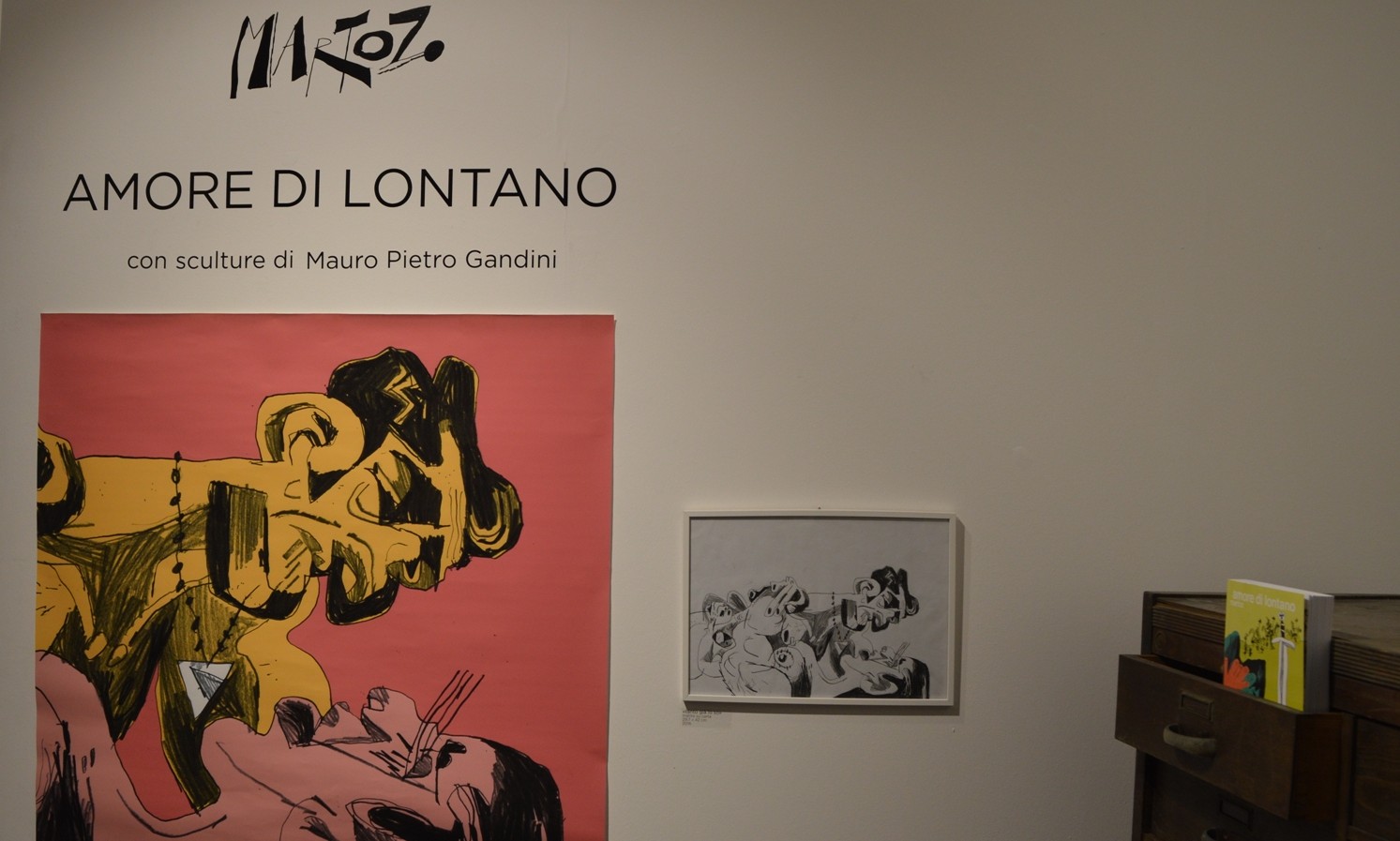
Il nuovo libro del fumettista e illustratore romano Martoz, Amore di lontano, è stato pubblicato da Canicola in occasione del Treviso Comic Book Festival ed è arrivato a Roma con una bella mostra alla galleria Parione9 dal 7 ottobre al 6 novembre, a cura di Marta Bandini ed Elettra Bottazzi. Ho visitato la mostra qualche settimana fa e alcuni giorni dopo ho potuto osservare lo stesso Martoz all’opera in uno showcase inserito nella programmazione di Lucca Comics, in cui sono stati approfonditi i contenuti del libro. Quel che segue è dunque un po’ resoconto della mostra, in parte rielaborazione degli spunti suggeriti dallo stesso autore e in qualche modo anche breve recensione di un volume che prosegue, rendendolo più complesso, il percorso artistico iniziato con l’ottimo Remi Tot in Stunt pubblicato l’anno scorso da MalEdizioni.
Iniziamo proprio da Remi Tot, che rielaborava il genere classico del fumetto d’avventura italiano alla Diabolik facendolo esplodere in una serie di pagine ipercinetiche e ricche di riferimenti all’arte moderna. Anche in Amore di lontano la base di partenza è sempre la stessa, cosa che conferma Martoz come autore capace di inserirsi nella nostra tradizione fumettistica. Per quanto le sue tavole siano sperimentali e il modo di raccontare tutt’altro che lineare e convenzionale, la narrazione parte da riferimenti popolari, sviluppati soltanto successivamente in modo sghembo e originale. Anche la presenza di una forte componente erotica, anzi spesso pornografica, si rifà ai maestri del fumetto d’autore. Ciò delinea una striscia di influenze abbastanza chiara, che va dallo stesso Diabolik ai Bonelli, da Pratt a Manara, da Crepax a Toppi e Battaglia: forse chissà, vent’anni fa Amore di lontano sarebbe stato pubblicato a puntate sulle pagine di Corto Maltese. Le tavole in basso sono espressione di quanto detto finora: da una parte c’è la partenza, e dunque l’avventura, dall’altra uno dei tanti rapporti che uno dei due protagonisti, Jaf, consuma con le donne che incontra nel corso della storia.
Messe una vicino all’altra, queste tavole raccontano anche la trama di Amore di lontano. Il dualismo è infatti centrale: due sono infatti i protagonisti, due i piani temporali, due le storie (o almeno così sembra…), due le fonti di ispirazione alla base di tutto, ossia la Canzone dell’amore di lontano di Jaufré Rudel e I fiori blu di Raymond Queneau, citate dall’autore nelle primissime due (ancora) pagine, in cui si legge: “Da una torre così alta occhi più lunghi dei miei/arriverebbero lontano/scorgendo il declino e il susseguirsi dei regni/potrebbero indovinare l’esito stesso di questa crociata/e invece io/vedo solo un fiore blu che spunta nel fango”.
La vicenda – colta, complessa e degna di un poema cavalleresco – segue da una parte le avventure di Antares, un veterano del Medioevo che guida l’esercito leonese verso la Seconda Crociata, e dall’altra quelle di Jaf, un uomo che vive in un presente indefinito e che sfoga le sue pulsioni facendo l’amore “come un randagio”. Jaf è un disadattato nel senso più vero del termine, perché ogni volta che si addormenta, di solito sempre vicino all’ennesima donna, si risveglia in un altro posto, che poi è lo stesso luogo in cui si trovava Antares nelle pagine precedenti. E se lo scopo di Antares non è in realtà la crociata ma trovare Mila, una contessa amata anche se mai conosciuta e vista di persona, quello di Jaf è trovare la salvezza e forse, chissà, qualcosa che una donna sola gli può dare, “un giorno senza morte” o addirittura “un solo posto, un solo amore”.
Vi risparmio gli sviluppi per non anticiparvi troppo e anche perché questa non vuole essere un’approfondita analisi del fumetto, che meriterebbe ben altra attenzione. Veniamo piuttosto alla mostra, che nello spazio piccolo ma curatissimo di Parione9 ha esaltato i contenuti di Amore di lontano, a partire dalle riproduzioni di Antares e Jaf realizzate per l’occasione dallo scultore Mauro Pietro Gandini.
Le tavole esaltano il bianco e nero a matita di Martoz e segnano un deciso passo avanti rispetto allo stile di Remi Tot, che, soprattutto a vedere gli originali, era più improvvisato e selvaggio. Qui le linee sono decisamente più rifinite, anche se sempre e comunque nell’ambito di una ricerca che non aspira mai al Bello ma che scompone le figure umane e i paesaggi in una serie di segni geometrici, spesso ai confini dell’astrattismo, come accade nella scena della battaglia a pag.187, ribattezzata Zio Ziegler.
Altre volte le tavole sono l’occasione per farsi un’idea del processo creativo e delle scelte dell’autore, che parte da uno storyboard ma senza mai rinunciare a dare libero sfogo all’immaginazione e alla creatività quando si trova davanti al tavolo da disegno. I libri di Martoz hanno una struttura sempre libera che permette di improvvisare e di inserire tanti dettagli negli interstizi tra un elemento narrativo e l’altro, cosa che poi dà luogo a delle inevitabili modifiche, necessarie al momento dell’editing finale per dare coerenza al tutto: per esempio a pag. 44 la macchina disegnata in arancione nella parte alta della pagina è stata sostituita con tre vignette del tutto diverse (un trombettista, luci, scena di ballo).
Nella tavola di pag. 249 la parte superiore è disegnata completamente, mentre le due vignette in basso sono state solamente abbozzate per poi essere riprese in un secondo momento (quella a sinistra con la scena di una fellatio, quella a destra con un dettaglio di Jaf esanime che viene sorretto da una donna).
Nella rappresentazione di Mila a pag. 260 i ghirigori di Martoz si esaltano su carta in un modo che nella versione stampata non si riesce pienamente ad apprezzare, dato che la colorazione digitale volutamente piatta, seppur fondamentale dal punto di vista narrativo, non rende del tutto giustizia al disegno a matita. Vedendo la mostra, viene voglia di sperare che un giorno o l’altro Amore di lontano abbia l’onore di una “artist edition” tutta in bianco e nero.
La mostra si è ormai conclusa ma Parione9 prosegue la sua programmazione dedicata al mondo dell’illustrazione. Il prossimo appuntamento è per venerdì 11 novembre con l’inaugurazione di Bosch Remix – L’astrazione della follia, group show curato da Manfredi Ciminale che vede 21 illustratori italiani rileggere l’opera di Hieronymus Bosch secondo le regole del “telefono senza fili”.
Misunderstanding Comics #6
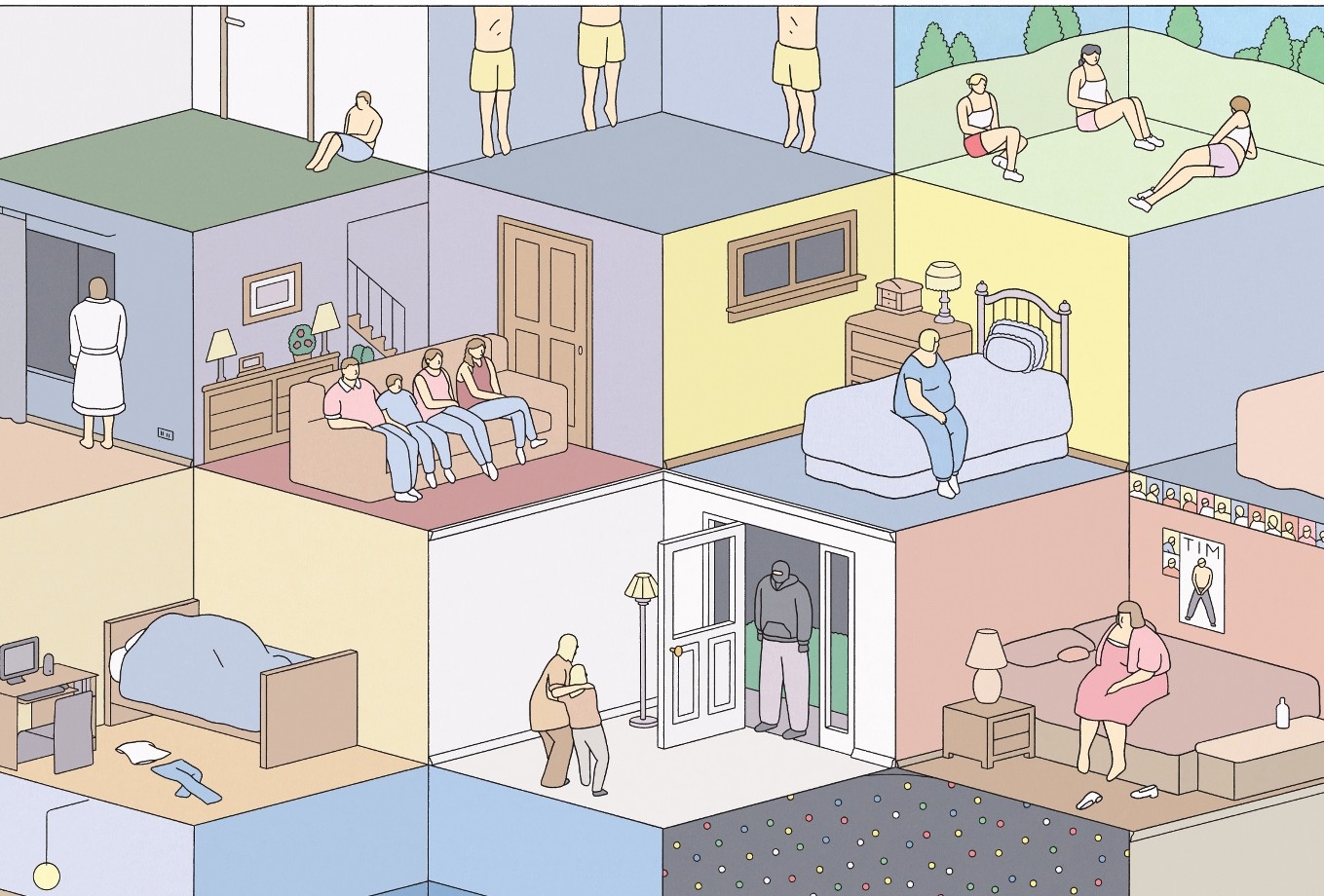
Di acqua ne è passata sotto i ponti dall’ultimo appuntamento con questa rubrica, anche perché ultimamente la costanza non è il mio forte. Ho purtroppo trascurato tanti fumetti di cui mi sarebbe piaciuto scrivere per bene, come Puke Force e Atrophy Life di Brian Chippendale, Dream Tube di Rebekka Dunlap, Kramers Ergot #9 e altri ancora: cercherò di recuperare i più meritevoli nel consueto Best Of di fine anno. Ora veniamo all’attualità, con tre uscite relativamente nuove e una che sta per arrivare in Italia. Il tutto, ovviamente, senza dovizia di particolari.
Iniziamo da Exits, prima opera sulla lunga distanza di Daryl Seitchik, per me uno dei libri più attesi di questo 2016 data la mia quasi ossessione per la serie Missy, vista on line e su alcuni albetti usciti per Oily Comics e autoprodotti: ne avevo parlato brevemente in questo reportage sui fumetti della Small Press Expo 2014, per poi inserire Middle School Missy e Missy #3 rispettivamente nei miei Best Of del 2014 e del 2015 (ok, è vero, ho la fissa delle liste e sono anche un fan di Alta fedeltà). Exits esce per Koyama Press ed è un volume di oltre 200 pagine, distanza inusuale per una cartoonist giovane e che aveva finora lavorato su fumetti brevi se non addirittura estemporanei. Eppure le attese non vengono assolutamente tradite, perché Exits, pur riproponendo le tematiche e le simbologie care all’autrice, ribalta quanto fatto finora a livello estetico. Se in Missy l’alter ego della Seitchik dominava totalmente la scena, qui il personaggio principale è sempre una ragazzina, che però diventa invisibile dopo poche pagine, dando vita a soluzioni grafiche del tutto diverse rispetto al passato.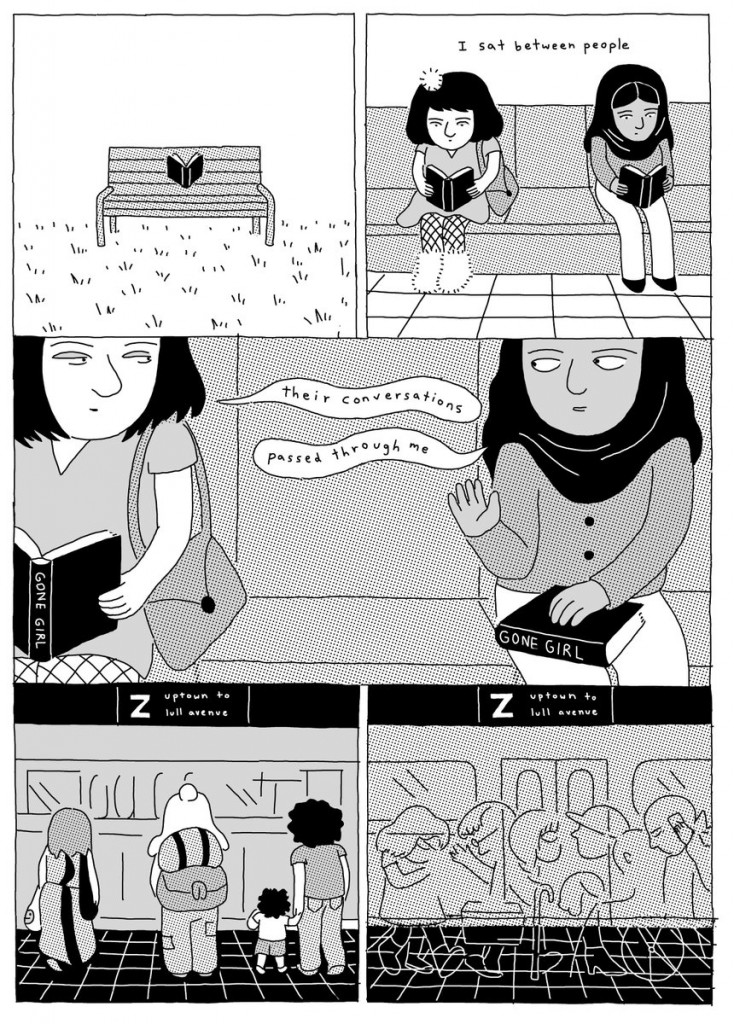
Alla base c’è sempre quel malessere esistenziale che stride con la rappresentazione dei personaggi, soluzione costante nei fumetti della Seitchik e capace di creare un indissolubile quanto irresistibile mix di inquietudine e ironia. E c’è anche una complessità che prima mancava, perché se Missy era un fumetto apparentemente semplice (cosa ribadita anche da Leslie Stein in quarta di copertina), qui l’essenzialità è lasciata da parte per dar vita a un lavoro maturo e ricco di sfaccettature. Poi è vero, non tutto funziona al 100% e qua e là c’è qualche momento un po’ più debole degli altri, ma Exits rimane comunque un lavoro di ottima fattura.
E’ un bell’anno questo per chi ama Charles Burns, perché oltre ad aver visto in Italia la pubblicazione di Sugar Skull, contenente la straordinaria conclusione della trilogia ormai conosciuta come Last Look (dal titolo della raccolta pubblicata di recente negli Stati Uniti), è anche ricco di progetti collaterali. Dopo lo sketchbook Incubation edito dalla Pigeon Press del compianto Alvin Buenaventura (ne avevo parlato qui), sono infatti in arrivo Vortex e Love Nest, due nuovi artbook pubblicati in Francia da Cornelius e al centro di una mostra inaugurata da qualche giorno alla Galerie Martel di Parigi. Nel frattempo sempre oltralpe Le Dernier Cri dà alle stampe Free Shit, raccolta dei numeri dell’omonima fanzine che Burns si è autoprodotto nel corso degli anni per regalarla ai festival o in privato. Quando sono andato alla Small Press Expo nel 2014, Burns presentava Sugar Skull e volevo quasi chiedergli se avesse con sé delle copie di Free Shit, dato che avevo visto in rete i post di qualche fortunato che se l’era procurata in occasioni simili. Ma sia l’eccessiva fila necessaria per ottenere una dedica che la stranezza della domanda che mi accingevo a fare (Scusa Charles, hai un po’ di merda gratis?) mi distolsero dal proposito. Comunque, facezie a parte, questo volumetto di piccolo formato rilegato con la solita cura mette insieme svariati schizzi, disegni e anche collage ispirati ai temi più disparati. Tra un profilo tipicamente burnsiano in prima di copertina e un’insolita composizione floreale in quarta, troviamo materiale che va dalla fine degli anni ’90 a oggi.
Ci si vedono tracce di Black Hole (una rana vivisezionata, una donna con la coda, ecc.), il solito repertorio da b-movie, inevitabili tracce di romance comics, uno “special literary issue” composto soltanto da testi scritti a mano, pin-up di personaggi secondari della Marvel, un ritratto di William Burroughs e tanto altro. Pian piano che si va avanti gli schizzi e i disegni di prova dell’ultima trilogia diventano sempre più preponderanti, anche se non mancano comunque altre perle che mostrano tutta l’estensione di un immaginario affascinante e coerente. Free Shit è ancora più interessante del solito perché raccogliendo materiale realizzato nel corso di oltre 15 anni offre anche una storia involontaria della creatività di uno dei maggiori autori contemporanei di comics.
La celebre fanzine di Aaron Cometbus, in cui il musicista e scrittore di estrazione punk tratta da ben 35 anni dei più svariati argomenti, dedica il suo 57esimo numero alla scena fumettistica newyorkese, con una serie di interviste a cartoonist e altre figure che popolano quel mondo: si va da Adrian Tomine al curatore della serie The Best American Comics Bill Kartalopoulos, da Gary Panter al proprietario di Desert Island (e organizzatore del Comic Arts Brooklyn) Gabe Fowler. E poi ci sono Gabrielle Bell, Robin Enrico, Jeffrey Lewis (autore anche della copertina), Julia Wertz, Ben Katchor, Paul Levitz, Drew Friedman, Karen Green, Kim Deitch e Al Jaffee, mentre Nate Powell firma i ritratti di tutti gli intervistati. Ne viene fuori una lettura frizzante che offre un quadro non solo del fumetto ma anche della scena artistica di New York nei suoi risvolti più umani e pratici, come il costo degli affitti, i punti di ritrovo, i rituali di “accoppiamento” dei cartoonist, le gelosie tra artisti e via dicendo. Cometbus non ha peli sulla lingua e con il suo handwriting mette giù una serie di domande anche intime e a volte scomode, senz’altro divertenti per il lettore che si trova sotto gli occhi non la solita intervista in cui si parla soltanto della formazione, delle fonti di ispirazione, della tecnica utilizzata e via dicendo. Inoltre credo proprio che i continui riferimenti alla storia della città, alla scena musicale e al mondo letterario possano rendere questo Cometbus #57 una lettura interessante non solo per i fumettofili ma anche per gli appassionati di cultura americana. Se poi amate i comics, è una roba assolutamente da non perdere.
Infine faccio una concessione a un volume pubblicato già da qualche mese da Drawn and Quarterly ma che è una novità dell’ultim’ora qui in Italia, dato che sta arrivando in libreria per Coconino Press. Si tratta di Beverly, raccolta di sei storie brevi di Nick Drnaso vagamente collegate tra loro, che l’editore definisce “un affresco sommesso e disperato di vita nei sobborghi di una metropoli americana”. Rob Clough, in questa approfondita recensione che vi consiglio di leggere, paragona invece questi fumetti al cinema di Todd Solondz, riferimento che rende l’idea anche se Drnaso è spesso più misurato del regista di Happiness nella messa in scena, caratterizzata da uno stile volutamente flat e monocorde in tutti i suoi aspetti, dalla linea alla rigida suddivisione in vignette fino ai colori. Certo, se le iniziali The Grassy Knoll (già uscita come mini per la Oily Comics) e The Saddest Story Ever Told lavorano di fino mostrando senza clamori meschinità nascoste, razzismo, ipocrisia e vuoto esistenziale, la successiva The Lil’ King pigia sull’acceleratore raccontando dell’insana passione di un ragazzo per sua sorella e dei suoi sogni di sterminio quasi globale. Ma anche in questo caso il sensazionalismo è nascosto da un senso della misura così discreto da risultare disturbante, anche perché al centro di tutto c’è una tematica che solo così si può raccontare, ossia la difficoltà di avere relazioni sociali “normali”. Il volume aumenta di livello pagina dopo pagina e le tre storie che ne compongono la seconda parte – Pudding, Virgin Mary, King Me – ci mostrano un autore pienamente consapevole dei suoi mezzi, in grado di confezionare un debutto appassionante e del tutto maturo a soli 27 anni. Non fatevelo scappare.
“Suicida” #1 by Abraham Diaz
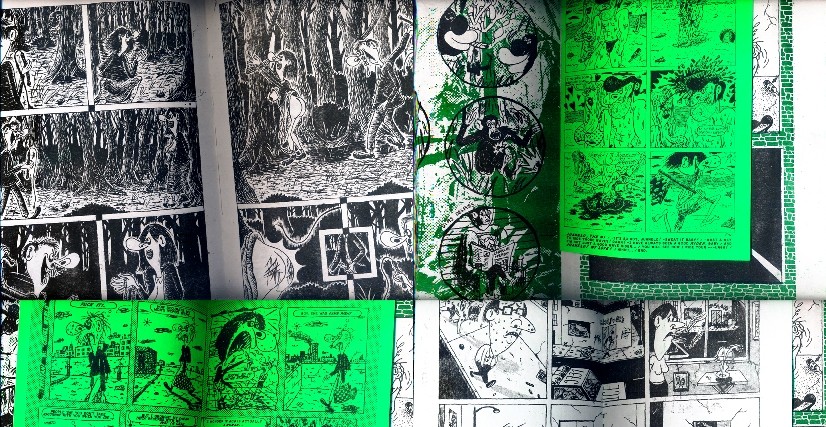
Voyeurism, sadism, masochism, self-mutilation, death, murder, suicide, gratuitous violence, sex, masturbation, TV addiction, urban decay. In his solo debut Suicida #1, Abraham Diaz works with these elements, mixes and molds them at will, creating a solid and always funny cartooning. In late 2015, the Mexican artist published with his imprint Ediciones Joc Doc 200 copies of this 28×20 cm comic book, texts in English and Spanish, a screen-printed cover, white and black paper with the addition of green, sometimes used as ink but also for the pages of the inserts. A good-looking but also dirty object, Suicida #1 digs up the underground punk aesthetics and the tradition of the single-artist floppy anthology in one shot. The opening story is The Witness, starring a lonely middle-aged man telling a policeman about a murder he watched spying in his neighbor’s bathroom. Diaz’s line is grotesque, cripples characters’ bodies, stretches their noses, twists their teeth, in a style that looks at many artists we loved over the last twenty years (Kaz, Ivan Brunetti, Johnny Ryan) but also at Mad magazine, gag cartoons, newspaper strips. And it’s not a case if inside the book we find two half sheets with four Misery Funnies, classic gags with text below the cartoons. One of this shows a man naked on the toilet, a steaming mug in one hand, the handset of the phone in the other and below “You don’t seem to understand… I’m my mother’s only child!”. And the telephone handset is a substantial detail, because the whole book is stuck in the 80’s or even before for aesthetics and settings and there is deliberately no trace of cell phones, computers and Internet.
One of the inserts, Tito, moves on the same nostalgic and irreverent references of the Misery Funnies, showing the Diaz take on Sluggo, Nancy’s friend in the Ernie Bushmiller strip (Tito is the name of the character in the Spanish-speaking countries). Pax Noctis, already seen in Kovra #6 published by Ediciones Valientes, is another highlight, a tale of war and desire about a soldier in the trenches recalling, or more probably imagining, a chase in the forest. The situation culminates with a woman tied to a tree and whipped, then Diaz shows again the man, this time masturbating, while the ending combines sex and death like in The Witness. Suicida #1 seems the consequence of a week spent at home in the dark zapping in front of the TV, nerves on edge, eyes pulsing, the body in the grip of a hysterical frenzy that unleashes the most vile urges. But the cartooning of Diaz is more than this, because often he shows and ridicule human foolishness: if Pax Noctis mocked war and sexism, Milagro En El Congo shows a poor chimpanzee suffering the colonial barbarity on a jungle-green background. In another insert we find three one-pagers about the usual topics, reiterated also in the following ¡Esta Fue Tu Vida!, which introduces the novelty of explicit sex without forgetting ruthless irony and storytelling. Home is the last comic of the book, an heap of crazy lines reproducing the urban chaos. A prisoner is released and has to suffer the arousals of the city, as exhibited nudity, women with tight leggings leading men like dogs on a leash, people copulating in every corner. The gory ending is inevitable as magnificent and you can discover it in the few remaining copies of Suicida #1, sold out at the publisher but still available at this moment on Fatbottom Books and Dripper World. Or you can read Kramers Ergot #9, where Pax Noctis, Home and two of the Misery Funnies have been reprinted. In the meantime, Diaz is working at the second issue and so we’ll read soon a new chapter of his old school comics.
“Christmas in Prison” di Conor Stechschulte
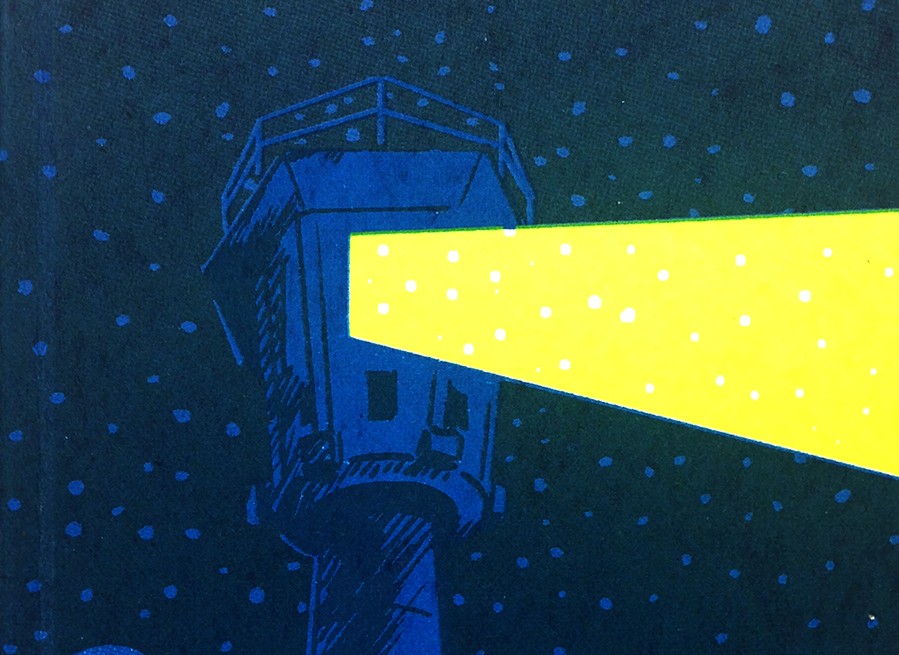
Se non avete niente di meglio da fare e siete fedeli lettori di Just Indie Comics, sapete già che Conor Stechschulte è uno dei miei cartoonist preferiti di oggi. Il suo The Amateurs è una pietra miliare del fumetto contemporaneo (l’ho inserito nel mio Best of 2014) e la serializzazione di Generous Bosom per Breakdown Press ha già fornito motivi di meraviglia e interesse (per sapere quali potete leggere la mia recensione).
Nonostante la pubblicazione per case editrici affermate nel panorama del fumetto alternativo, Stechschulte continua a essere un sostenitore dell’autoproduzione, in quanto concepisce il fumetto come un medium fortemente legato ai processi di stampa. Christmas in Prison è finora la sua fatica più impegnativa in questo campo, un volumetto 18×14 cm di 96 pagine realizzato in una molteplicità di tecniche diverse (risograph, serigrafia, offset) e rilegato a mano. L’oggetto già di per sé varrebbe la spesa ma il contenuto è ancora più interessante per molteplici motivi, a partire dal fatto che conferma Stechschulte come un autore con una propria poetica, capace di creare un universo di temi e contenuti.
All’interno troviamo “pezzi” più che “storie”, dato che a volte il messaggio non è propriamente narrativo e l’interconnessione tra ciascuno di essi, basata sul meccanismo della ripetizione, fa pensare a un LP più che a un’antologia di fumetti o racconti. Prendiamo come esempio le pagine iniziali. Una mano sfoglia un libro, che mostra due volti umani che nella vignetta successiva si fondono tra loro. Ecco dunque una casa con una finestra illuminata, la stessa casa in mezzo al mare con una sagoma all’interno (solo una delle tante silhouette in questo libro), il mare alla luce della luna, nuvole, la figura di un uomo sovrapposta ai rami di un albero, ancora alberi, corpi, uomini, case, una lampada da scrivania, di nuovo il libro, le mani, una figura che barcolla in mezzo al verde, le mani che da eteree e indefinite arrivano a mostrare linee e pieghe. Sarebbe sbagliato ridurre tutto ciò a libere associazioni di idee, sotto c’è un contenuto che va al di là della logica, che parla al nostro emisfero destro, che è sogno, poesia, musica, improvvisazione ma anche rappresentazione di un processo, performance più che fumetto.
Il tema del libro e della metanarrazione torna più volte, come tornano il voyeurismo, il controllo, il continuo senso di inquietudine, la solitudine, il dualismo uomo/natura, l’acqua come luogo di mistero, novità, rinascita. Christmas in Prison (o The Many Ways of Doing and the Wrong Way That It’s Done, come viene ribattezzato sul dorso) è così un’opera autonoma, con una fortissima coerenza interna, ma anche una sorta di campionario di sperimentazioni con cui Stechschulte ha arricchito o arricchirà le opere propriamente narrative. E la stessa dinamica era già presente in autoproduzioni come Wather Phase, Lurking/Nocturners, Mountain Comic. Certo, mai il cartoonist statunitense aveva mostrato in passato una tale forza nello sperimentare e nel proporre qualcosa di così organicamente rivoluzionario. E a confermarlo ecco la parte finale del volume, una lunga storia su voyeurismo, percezione e consapevolezza raccontata da una donna immersa nell’acqua e che affonda le radici sin nella letteratura ottocentesca. E’ questo l’episodio più tradizionalmente narrativo del lotto, ma la linearità apparente nasconde mille interrogativi, espressi prontamente nelle pagine conclusive, in cui i balloon rubano la scena al figurativismo con domande esistenziali di un’intensità sempre crescente.
Se siete interessati a Christmas in Prison, ne trovate ancora qualche copia nel negozio di Just Indie Comics. Oppure potete ordinarlo direttamente dal sito dell’autore.
Comic shops of the world: The Beguiling
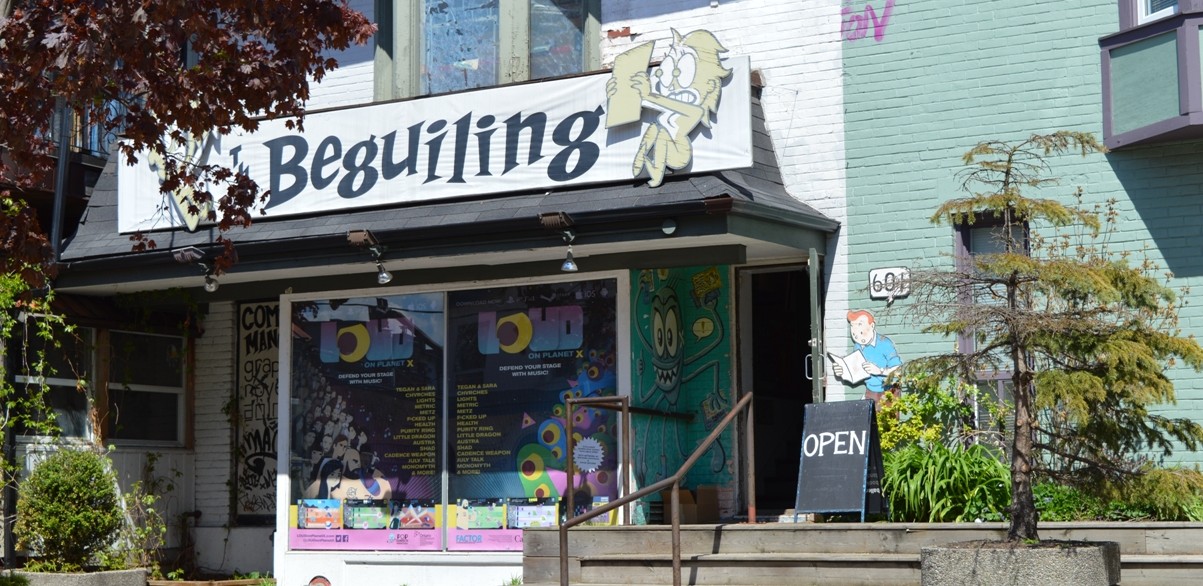
Avete presente il faro di Hicksville, dove è custodita una collezione di fumetti così imponente da comprendere opere mai pubblicate di autori come Jack Kirby, Harvey Kurtzman e Wally Wood? Beh, The Beguiling è il posto più simile a quell’immensa biblioteca che mi sia capitato di vedere finora. Non che io vi abbia trovato, come succedeva al protagonista della storia di Dylan Horrocks, un fumetto di Federico García Lorca e Pablo Picasso, però di materiale oscuro e di difficile reperibilità il negozio di Toronto è pieno. L’ho visitato ormai qualche mese fa in occasione del Toronto Comic Arts Festival, un evento che il proprietario Peter Birkemoe, insieme al manager di The Beguiling Christopher Butcher, ha contribuito a organizzare sin dalla fondazione nel 2003. E ho avuto l’occasione di passarci diverse ore, anzi, la prima volta quasi l’intero orario di apertura tante erano le cose da cercare, guardare, sfogliare.
Ma andiamo con ordine. L’interno è sviluppato su due piani. Nel primo ci sono in evidenza tutte le novità nell’ambito del fumetto indie, alternativo e d’autore: appoggiati sui banconi centrali si trovano dunque le ultime uscite di case editrici come Fantagraphics, Drawn & Quarterly, Koyama Press, Conundrum Press, Retrofit Comics, Alternative Comics, Space Face Books, Landfill Editons, Breakdown Press e via dicendo.
Su una lunga serie di librerie sono invece appoggiati i libri e gli albi del catalogo, divisi in ordine alfabetico per autore: è questa la parte più interessante, con tante rarità che fanno parte da tempo della collezione del negozio o che vengono acquisite da appassionati e collezionisti privati. Eccovi un po’ di foto, con qualche scaffale e alcuni pezzi pregiati, scelti un po’ per passione personale, in parte su consiglio di Birkemoe e anche un po’ a caso.
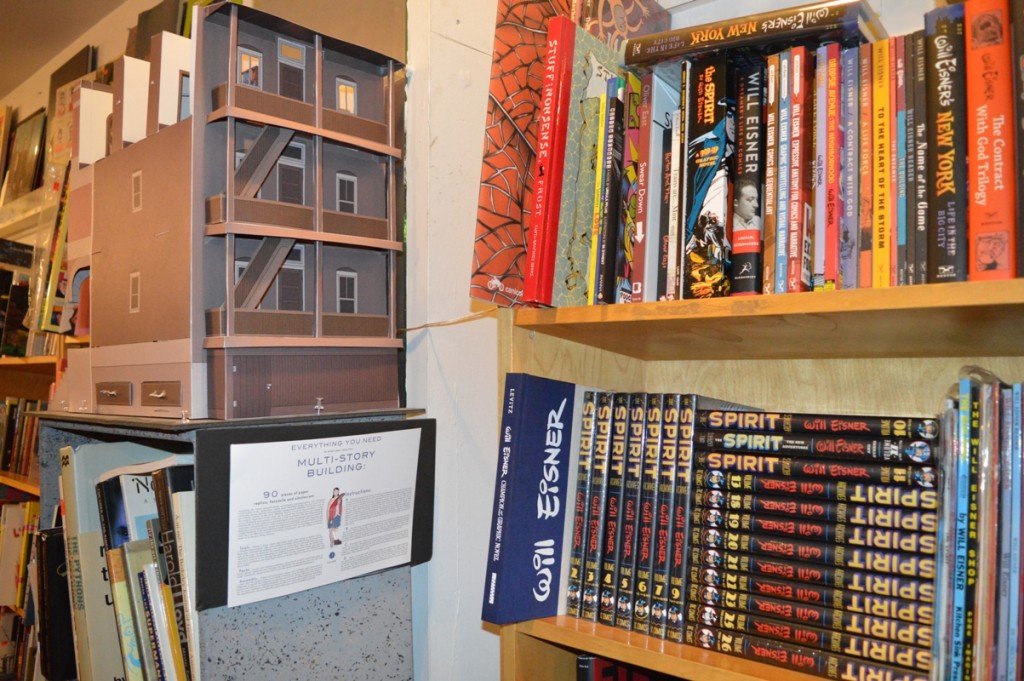
Il “Multi-Story Building Model” di Chris Ware, l’angolo Eisner e, in alto, “Lontano” di Gabriella Giandelli edito da Canicola
Oltre a questi titoli potrei citarne a memoria tanti altri, come diversi numeri di Raw, qualche Gary Panter d’annata, Multiforce di Mat Brinkman, varie pubblicazioni dell’era d’oro dell’underground, vecchie raccolte di newspaper strip e via dicendo. Una serie di espositori sono invece dedicati a mini-comics, comic book e riviste, con una selezione che ben rappresenta la “scena” del momento. E non tutto riesce a trovare spazio in negozio. Quando infatti mi è capitato sott’occhio un numero di Internet Comics di Maré Odomo pubblicato qualche anno fa dalla Sacred Prism, mi è venuto in mente che tra quegli albetti mi mancava l’ultima uscita, cioè Kickfoot, uno spillato di 16 pagine del collettivo norvegese Dongery uscito nel 2014. Quando ne ho chiesto notizie a Geneve, una delle ragazze che lavorano a The Beguiling, è andata in magazzino e nel giro di due-tre minuti è tornata con l’albo in mano….
Inoltre è doveroso citare la sezione dei libri di illustrazione, quella delle antologie e la ricca selezione di titoli francofoni e giapponesi, con diverse rarità in lingua e di importazione.
Se il piano terra è una vera manna per gli appassionati di fumetto d’autore e underground, il piano superiore è invece riservato al mainstream e assomiglia di più al tradizionale negozio di fumetti americano. Vi trovano spazio i supereroi Marvel e Dc, con tanti titoli d’annata per collezionisti, e le produzioni di case editrici come Image, Dark Horse, Avatar e via dicendo. Anche qui, tuttavia, la selezione è molto accurata e dà particolare attenzione al panorama indie. Inoltre ci sono delle sezioni suddivise per autori, segno che anche qui ci si rivolge a un’audience matura e consapevole.
The Beguiling è anche ben noto per l’attività di vendita di tavole originali, che viene svolta soprattutto on line in uno store dedicato dove è possibile trovare lavori di cartoonist come Sammy Harkham, Kevin Huizenga, Seth, Michel Rabagliati, Shintaro Kago, Brandon Graham, Farel Dalrymple, Jason Lutes, Jeff Lemire, Paul Pope, Eddie Campbell e tanti altri. Sulle pareti del locale si possono ammirare alcuni pezzi della collezione privata: eccovi dunque la prima tavola di Cerebus #23 dell’aprile 1978, che non poteva certo mancare visto il titolo dell’episodio, e una pagina di Joe Matt che vede l’autore, noto collezionista di fumetti d’epoca, dirigersi verso il negozio per vendere delle raccolte di Carl Barks.
E a proposito di Joe Matt, c’è un’altra tavola da Peepshow #3 che raffigura prima lo stesso autore e i suoi due colleghi Seth e Chester Brown fuori dal negozio e poi Matt all’interno che dialoga con uno dei primi proprietari, Steve Solomos. The Beguiling è stato infatti fondato nel 1987, mentre Birkemoe è subentrato nel 1998.
Nel corso della mia visita, Birkemoe mi ha raccontato di essere in cerca di locali nuovi e più spaziosi, necessari per esporre un catalogo che in buona parte è relegato in magazzino. Se andate a Toronto, dunque, non mancate una visita a The Beguiling perché potrebbe essere una delle ultime occasioni per esplorare la storica sede al 601 di Markham Street.
Concludo confermando ciò che scriveva qualche anno fa Jeet Heer su Comics Comics: se non è il miglior negozio di fumetti del mondo, The Beguiling è il miglior negozio di fumetti che io abbia mai visitato. E per questo meritava senz’altro la mia umile attenzione.
Comic shops of the world: The Beguiling

Do you remember the Hicksville‘s lighthouse, where there is a collection of comics so impressive to include unpublished works of cartoonists as Jack Kirby, Harvey Kurtzman and Wally Wood? The Beguiling is the place more similar to that gigantic library I have seen so far. Well, I haven’t found a comic by Federico García Lorca and Pablo Picasso, as the character of the Dylan Horrocks’ book did, but the Toronto store is really packed with obscure and hard-to-find material. I have visited it last May in the days of the Toronto Comic Arts Festival, an event that the owner Peter Birkemoe, along with the manager of The Beguiling Christopher Butcher, helps organize since the foundation in 2003. And I had the opportunity to spend several hours in the store, looking carefully through its huge catalog.
The store is developed on two floors. The first showcases on the central counters the new arrivals in the world of indie, arty and underground comics, with the latest graphic novels from publishers like Fantagraphics, Drawn & Quarterly, Koyama Press, Conundrum Press, Retrofit Comics, Alternative Comics, New York Review of Books, Space Face Books, Landfill Editons, Breakdown Press and so on.
The books of the catalog are on the shelves, organized alphabetically by author. This is the most interesting part, with many rarities coming from the store’s backlist or purchased from fans and private collectors, like several issues of Raw, rare Gary Panter’s comics, Multiforce by Mat Brinkman, publications from the underground era, old collections of newspaper strips. Here are some pictures with a few valuable pieces, chosen according to my personal inclination, partly on the advice of Birkemoe and a bit randomly.

The “Multi-Story Building Model” by Chris Ware, the Eisner corner and, above, “Lontano” by Gabriella Giandelli
The selection of contemporary comics, minis and magazines is a good representation of the “scene” of recent years, with a lot of books that can’t be displayed in the store. When I found an issue of Maré Odomo’s Internet Comics published by Sacred Prism, it came to me I missed from the same series Kickfoot, a 16-page mini-comic by the Norwegian collective Dongery, released in 2014. When I asked Geneve, one of the employees of The Beguiling, she went in the archive and she came back within two or three minutes with the book in hand.
I must also mention the section of illustration books, the well-stocked anthologies bookcase and the rich selection of French and Japanese titles, with several original editions.
If the ground floor is a real treat for arty and undeground comics fans, the upper floor is devoted to the mainstream and looks more like the traditional American comic book store. We find there Marvel and DC superheroes, with many vintage titles for collectors, and the publications of indie imprints like Image, Dark Horse, Avatar and so on. Even this selection is very accurate and gives particular attention to the indie scene. There are also author sections for creators like Alan Moore or Neil Gaiman, confirming that the shop is completely aimed at a mature and knowledgeable audience.
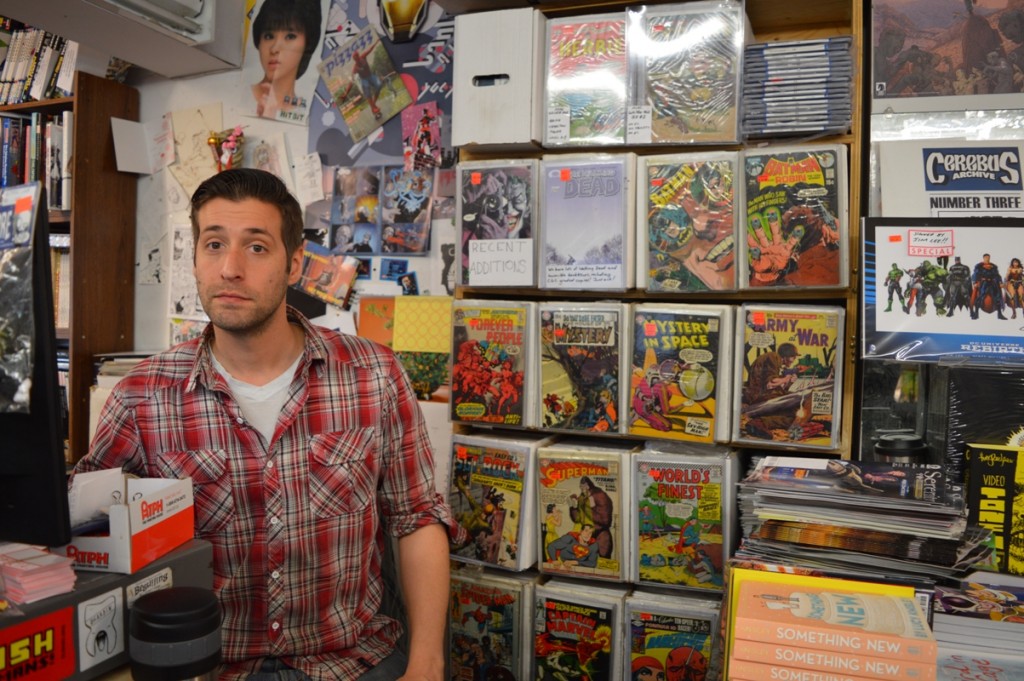
Alex does the honors upstairs, between a “Forever People” and a “Daredevil”… But we talked mostly about Italian comics
The Beguiling is also well known for its original artwork store, that sells pages and drawings by artists such as Sammy Harkham, Kevin Huizenga, Seth, Michel Rabagliati, Shintaro Kago, Brandon Graham, Farel Dalrymple, Jason Lutes, Jeff Lemire, Paul Pope, Eddie Campbell and many others. A few pieces from the private collection are exhibited on the walls. I’ve taken pictures of the first page of Cerebus #23 from April 1978, with a familiar title, and of a Joe Matt’s page that depicts the cartoonist, a well-known fan of old comics, heading to The Beguiling to sell some Carl Barks’ complete sets.
And speaking of Joe Matt, there is another page from Peepshow #3 depicting first him and his colleagues Seth and Chester Brown out of the store and then Matt inside talking with one of the first owners, Steve Solomos. The Beguiling was in fact founded in 1987, while Birkemoe took over in 1998.
During my visit, Birkemoe told me he is looking for a new and more spacious location, in order to display the whole catalog and to acquire more comics. If you are in Toronto, then, you have to visit the shop at 601 Markham Street, because it could be one of your last opportunities.
As Jeet Heer wrote a few years ago on Comics Comics, I don’t know if The Beguiling is the best comic shop in the world, but for sure it is the best one I have visited until now. And it definitely deserved my humble attention.
“Suicida” #1 di Abraham Diaz

Voyeurismo, sadismo, masochismo, autolesionismo, morte, omicidio, suicidio, violenza gratuita, sesso, masturbazione, teledipendenza, degrado metropolitano. Nel suo debutto solista Suicida #1 Abraham Diaz lavora con questi ingredienti, li mescola, li forgia a suo piacimento creando un cartooning compatto e sempre ironico, salace, acido quanto basta. A fine 2015 l’artista messicano ha stampato insieme ai suoi compari dell’etichetta Ediciones Joc Doc 200 copie di questo albo 28×20 cm con testi in inglese e spagnolo, copertina serigrafata, carta bianca e nera con l’aggiunta del verde, utilizzato a volte come inchiostro ma anche per le pagine degli inserti. Un oggetto bello a vedersi e al tempo stesso sporco, che ricerca nell’estetica punk il feeling underground dei comic book monografici di una volta, con tanto di pagina delle lettere (unica differenza, i messaggi dei lettori non arrivano più per posta ma su Tumblr). Si inizia con The Witness, protagonista un solitario uomo di mezza età con tanto di baffetto intento a raccontare un omicidio a cui ha assistito spiando nel bagno della vicina di casa. Il tratto di Diaz è caricaturale, storpia i corpi dei personaggi, allunga i nasi, storce i denti, in uno stile che guarda a tanti artisti che abbiamo amato negli ultimi trent’anni (Ivan Brunetti, Kaz, Johnny Ryan) ma anche a Mad, ai gag cartoon, alle newspaper strip. Non a caso all’interno dell’albo troviamo due mezzi fogli con quattro Misery Funnies, classiche gag con testo sotto la vignetta, del tipo uomo tutto nudo sul water, una tazza fumante in una mano, la cornetta del telefono nell’altra e sotto “You don’t seem to understand… I’m my mother’s only child!”. E la cornetta del telefono è un dettaglio da non trascurare, perché tutto l’albo è fermo per estetica e scenari agli anni ’80 o prima ancora, non c’è volutamente traccia di cellulari, computer e tanto meno internet.
Sulle stesse coordinate nostalgiche e irriverenti delle Misery Funnies è l’inserto in formato orizzontale Tito, che mostra la versione Diaz di Sluggo, l’amico di Nancy nella strip di Ernie Bushmiller (Tito è il nome con cui il personaggio è noto nei paesi di lingua spagnola). Pax Noctis, già vista su Kovra #6 delle Ediciones Valientes, è un altro pezzo forte, una storia di guerra e desiderio, un uomo costretto in trincea che ricorda o più probabilmente immagina un inseguimento in un bosco. La situazione culmina con una donna legata a un albero e frustata, poi si torna al soldato nella trincea che si masturba, fino al finale che unisce di nuovo sesso e morte come nel pezzo d’apertura. Suicida #1 sembra la conseguenza di una settimana passata chiusi in casa a fare zapping al buio davanti alla tv, con i nervi a fior di pelle, gli occhi che pulsano, il corpo in preda a una frenesia isterica che scatena le pulsioni più becere. Ma il cartooning di Diaz non è tutto qui, perché spesso denuncia e mette alla berlina senza mezzi termini l’idiozia umana: se Pax Noctis si prendeva gioco della guerra e dei deliri di onnipotenza sessisti, Milagro En El Congo è invece la storia animalista di un povero scimpanzé stampata su sfondo in risograph verde giungla. Arriviamo dunque a un altro inserto, questa volta apribile formato poster, dove troviamo tre fumetti di una pagina sui temi abituali, ribaditi anche nel successivo ¡Esta Fue Tu Vida!, che introduce la novità del sesso esplicito ma senza dimenticare l’ironia spietata e il gusto per lo storytelling, presenti ovunque nella produzione del messicano. Home è il fumetto conclusivo, un trionfo di linee impazzite che riproducono il caos metropolitano (stessa soluzione adottata in Home Is Where the Hatred Is, storia breve di Diaz per š! #24): un carcerato esce di prigione ma deve subire gli stimoli continui della città, rappresentati in modo parossistico con nudità esibite senza remore, uomini al guinzaglio di donne dai leggings attillati, gente che copula in ogni angolo. Il cruento finale ve lo potete immaginare oppure potete leggerlo sulle poche copie rimaste di Suicida #1, esaurito presso l’editore ma ancora disponibile, almeno al momento in cui scrivo queste righe, su Fatbottom Books, Dripper World e Feel It Records. Oppure potete procurarvi Kramers Ergot #9, dove sono state ristampate di recente Pax Noctis, Home e due delle Misery Funnies. Intanto Diaz è al lavoro sul secondo capitolo e noi restiamo così in trepidante attesa di leggere altri dei suoi fumetti old school.
Misunderstanding Comics #5
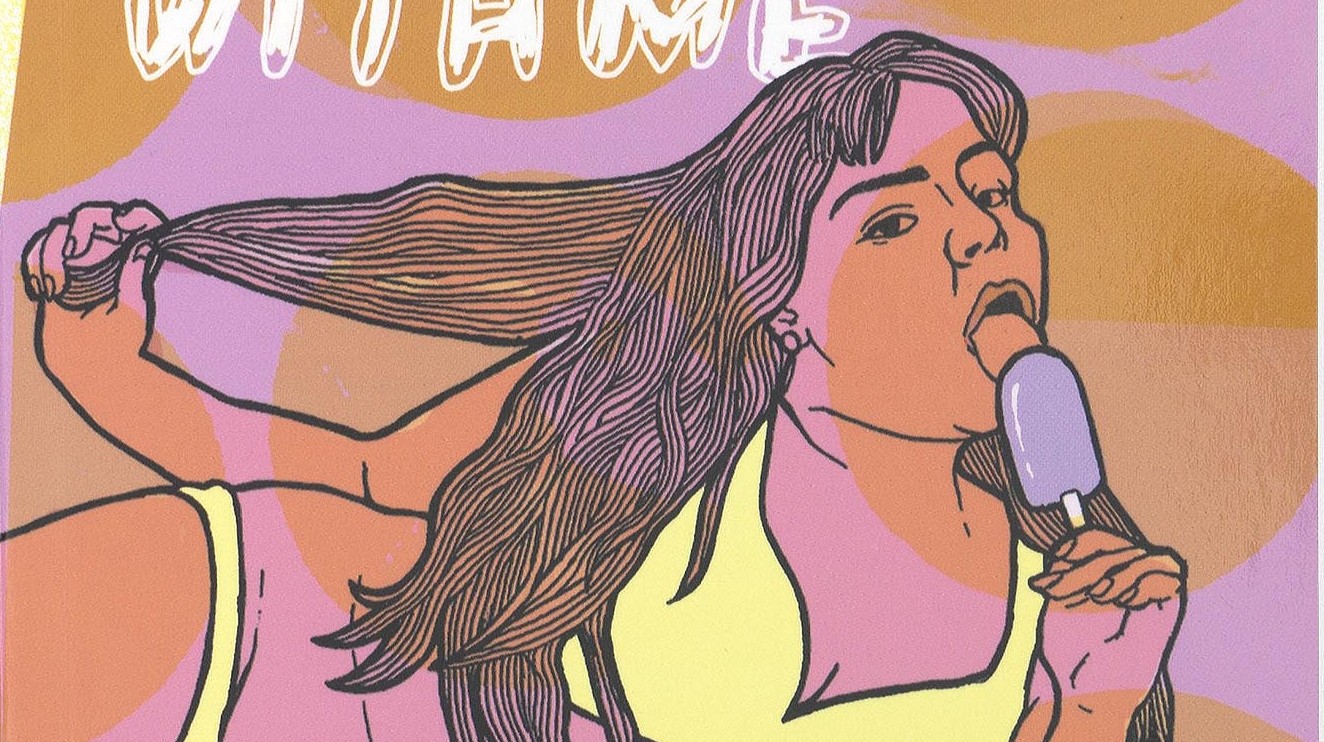
Dopo una lunga pausa riprendo a segnalare un po’ di fumetti, che di recente si sono davvero accumulati sulla mia libreria (e scrivania, e comodino, e divano, e lavatrice, ecc. ecc.). Impossibile stare dietro a tutto quello che esce e difficile anche scrivere di tutto quello che leggo. Ci provo cercando di essere sintetico e sapendo benissimo che questi fumetti meriterebbero una trattazione ben più approfondita della mia. Ma, come al solito, faccio ciò che posso.
Negli ultimi mesi si è parlato parecchie volte di Martin López Lam su Just Indie Comics ma io devo ammettere di aver letto soltanto di recente il suo Sirio, uscito a inizio anno per l’eccellente casa editrice spagnola Fulgencio Pimentel. Strana coincidenza, ho sottratto il volume all’infinita pila di libri da leggere proprio quest’estate, in un paio di settimane tra fine luglio e inizio agosto che ho passato in ferie ma, per una serie di circostanze, senza andare in vacanza. Non sono stato recluso come i personaggi della storia di López Lam né è stato trovato un cadavere nella piscina vicino casa mia, ma l’atmosfera di costante attesa, la canicola estiva che aumenta giorno dopo giorno, i paesaggi brulli e i personaggi che girano e rigirano intorno a se stessi mi hanno fatto entrare ancor di più nella storia.
Più che un giallo, Sirio è il racconto di una separazione che vede protagonisti personaggi che sembrano per la maggior parte del tempo fantasmi, con i loro stati d’animo resi splendidamente attraverso un’infinita serie di soluzioni grafiche diverse e i due colori utilizzati, blu e ocra, che sono parte integrante della narrazione. C’è un gran senso di libertà, di sperimentazione in queste pagine, ma al tempo stesso nessuna linea, nessuna sovrapposizione di colori, nessun cambiamento di registro è sprecato. Il volume è in spagnolo ma a richiesta è disponibile un libretto con traduzione inglese allegata. Cercate di recuperarlo perché ne vale la pena.
Un altro autore che propone una ricerca stilistica autonoma, lontana da ogni moda, è senz’altro Austin English, di cui ho avuto l’opportunità di parlare in precedenza come patron dell’eccellente etichetta Domino Books di Brooklyn. Come López Lam, English non cerca assolutamente un disegno facile e attraente. La sua è un’estetica volutamente sgraziata e imperfetta, che mescolando energicamente tecniche, materiali e colori sfocia nell’arte delle avanguardie storiche e dell’espressionismo astratto. Tuttavia la voglia di dipingere, disegnare e sperimentare non porta mai l’autore a trascurare l’impianto fortemente narrativo dei suoi fumetti. Le storie hanno sempre una trama definita, anche se sembrano più sceneggiature di opere teatrali che fumetti tradizionalmente intesi per il modo in cui trattano i personaggi, non soggetti con una personalità e un background alle spalle ma figure che compiono azioni in uno scenario delimitato.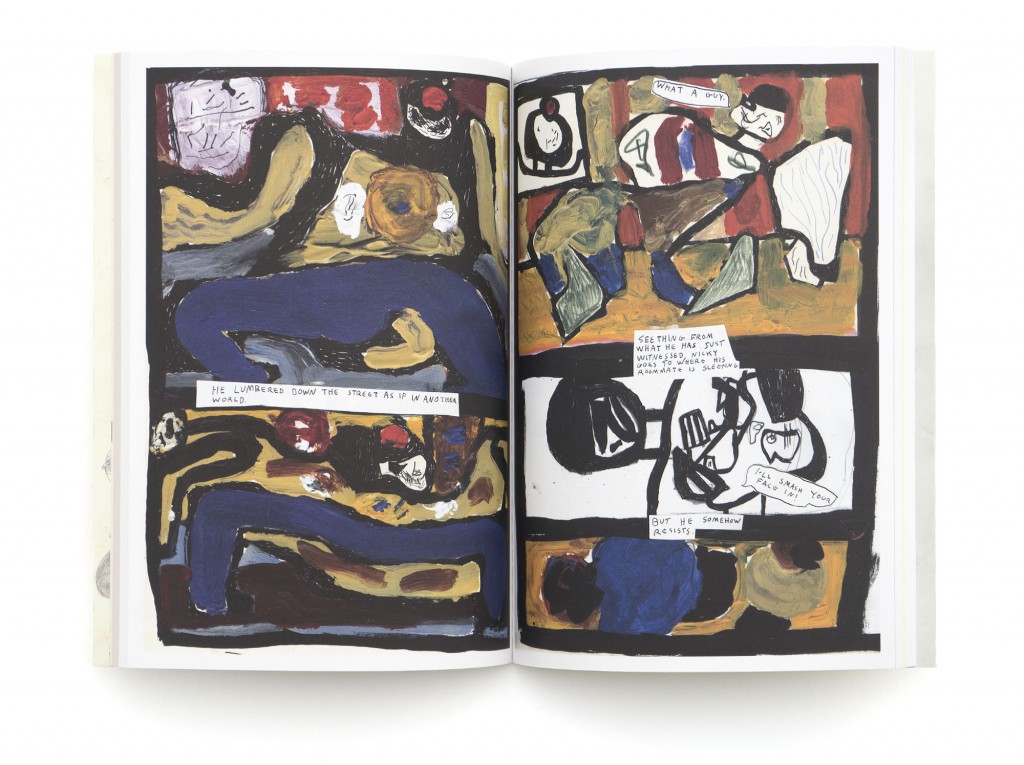
Proprio lo spazio è il protagonista delle cinque storie raccolte di recente da 2dcloud nel volume Gulag Casual. Si tratta di The Disgusting Room (2010), My Friend Perry (2011), Here I Am! (2011), Freddy’s Dead (2012) e A New York Story (2015): tutte hanno in comune la tematica della casa vista come luogo familiare e rassicurante che viene invaso dalla violenza e dall’aggressività del mondo esterno.
Ancora per 2dcloud è uscito Someone Please Have Sex with Me di Gina Wynbrandt, anche in questo caso un’antologia di fumetti in gran parte già visti in albi autonomi. Le storie raccontano la fissazione per Justin Bieber (One Less Lonely Girl, 2012), una puntata ai Teen Choice Awards sotto la guida di Kim Kardashian (Tiger Beat Exclusive, 2013), la ricerca disperata di un partner sessuale che arriva fino a un lontano futuro (il racconto che dà il titolo alla raccolta, 2014), gatti parlanti che mettono incinta la protagonista (Big Pussy, 2015) e videogiochi che la trasformano in una spietata cacciatrice di uomini (Manhunt, 2016).
La cosa che più colpisce della Wynbrandt è la capacità di focalizzarsi su pochi elementi per poi portarli all’estremo: il plot parte sempre da particolari realistici e autobiografici, apparentemente insignificanti, che vengono sviluppati in situazioni ai limiti, paradossali, divertenti, a volte surreali. Si tratta di un modus operandi che l’autrice dimostra di saper gestire sin dalle prime prove, segno di una cartoonist giovane ma dalle idee chiare. Anche dal punto di vista grafico la Wynbrandt è bravissima a rappresentare il suo alter-ego nei minimi dettagli, concentrandosi soprattutto sulle espressioni facciali, con una serie veramente infinita di smorfie, e sui suoi capelli, disegnati con una cura certosina. Ma d’altronde sarebbe un crimine trattare con superficialità dei capelli così lunghi.
Visto che ci siamo, rimaniamo in tema di autrici femminili con due albi pubblicati da Retrofit Comics: Hellbound Lifestyle della coppia Alabaster Pizzo-Kaeleigh Forsyth e Late Bloomer di Maré Odomo. Il primo è un diario della Forsyth, al suo debutto nel mondo del fumetto, illustrato dall’autrice di Mimi and the Wolves: una collaborazione nata, come svela la bio pubblicata alla fine dell’albo, da circostanze particolari, dato che le due si sono conosciute dopo aver scoperto che stavano uscendo con la stessa persona da un anno. Diventate ottime amiche, hanno realizzato un fumetto divertentissimo scandito da note e conversazioni tratte da uno smartphone, pieno di situazioni assurde, di buoni propositi finiti male, di ragionamenti contorti e soprattutto di idee, idee, idee una dietro l’altra che ci si potrebbero riempire tanti altri fumetti o intere stagioni di serie tv. Belli anche i colori sparati che donano un’estetica pop a un’opera che potrebbe piacere anche a chi non legge abitualmente i fumetti.
Late Bloomer è invece un volumetto in bianco e nero di piccolo formato (14 x 11 cm) in cui Maré Odomo raccoglie con il modus operandi già mostrato nei due mini Internet Comics usciti per Sacred Prism (ne avevo parlato brevemente qui) riflessioni, disegni, schizzi, scarabocchi, cancellature, frasi. Le prove precedenti affascinavano per l’uso del colore e per la stampa in risograph, risultando esteticamente molto attraenti, mentre questa versione in bassa fedeltà ha l’aspetto di uno sketchbook. Ma in qualsiasi modo vengano pubblicati vale sempre la pena di sfogliare, leggere, guardare gli haiku visivi della Odomo: c’è un sentimento qui dentro che più di ogni narrazione restituisce le emozioni provate dall’autrice, lasciando al lettore un’impressione, un qualcosa difficile da verbalizzare o razionalizzare. Pagina dopo pagina si va avanti tra momenti di realismo (I will forget this), domande che ci si potrebbe fare per una vita intera (Where’d you go?), storie che finiscono (If i see you, I will walk away), vuoto esistenziale (Nothing to cry about), chiusura in se stessi (Don’t wanna talk about it). Quando si arriva all’ultima pagina non si ha un’idea precisa di ciò che abbiamo appena letto ma soltanto la sensazione che qualcosa dentro di noi è successo.

